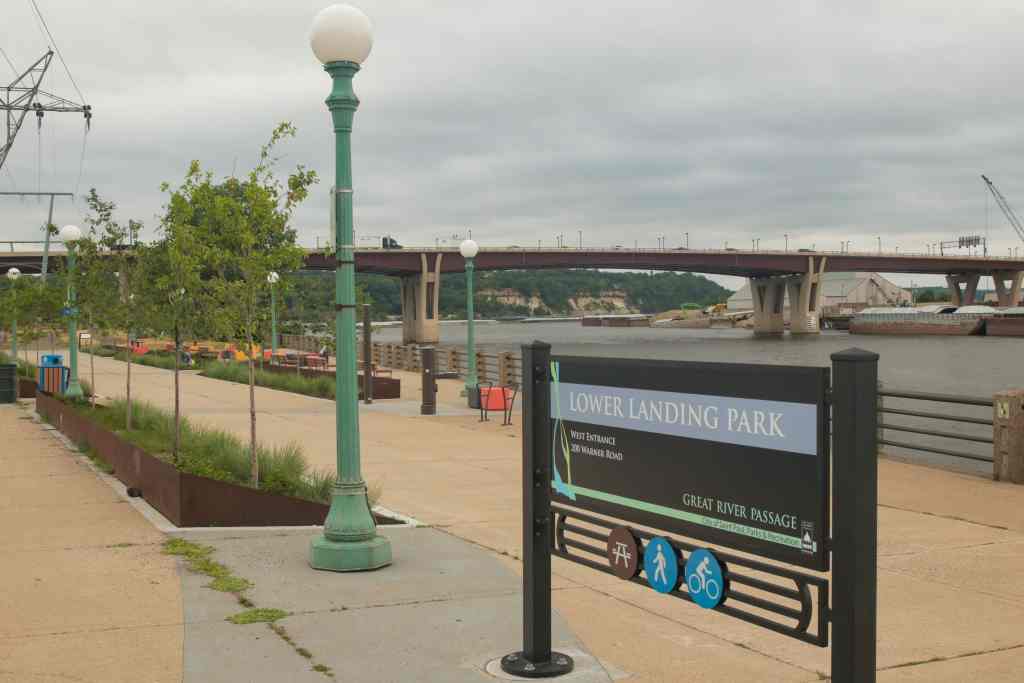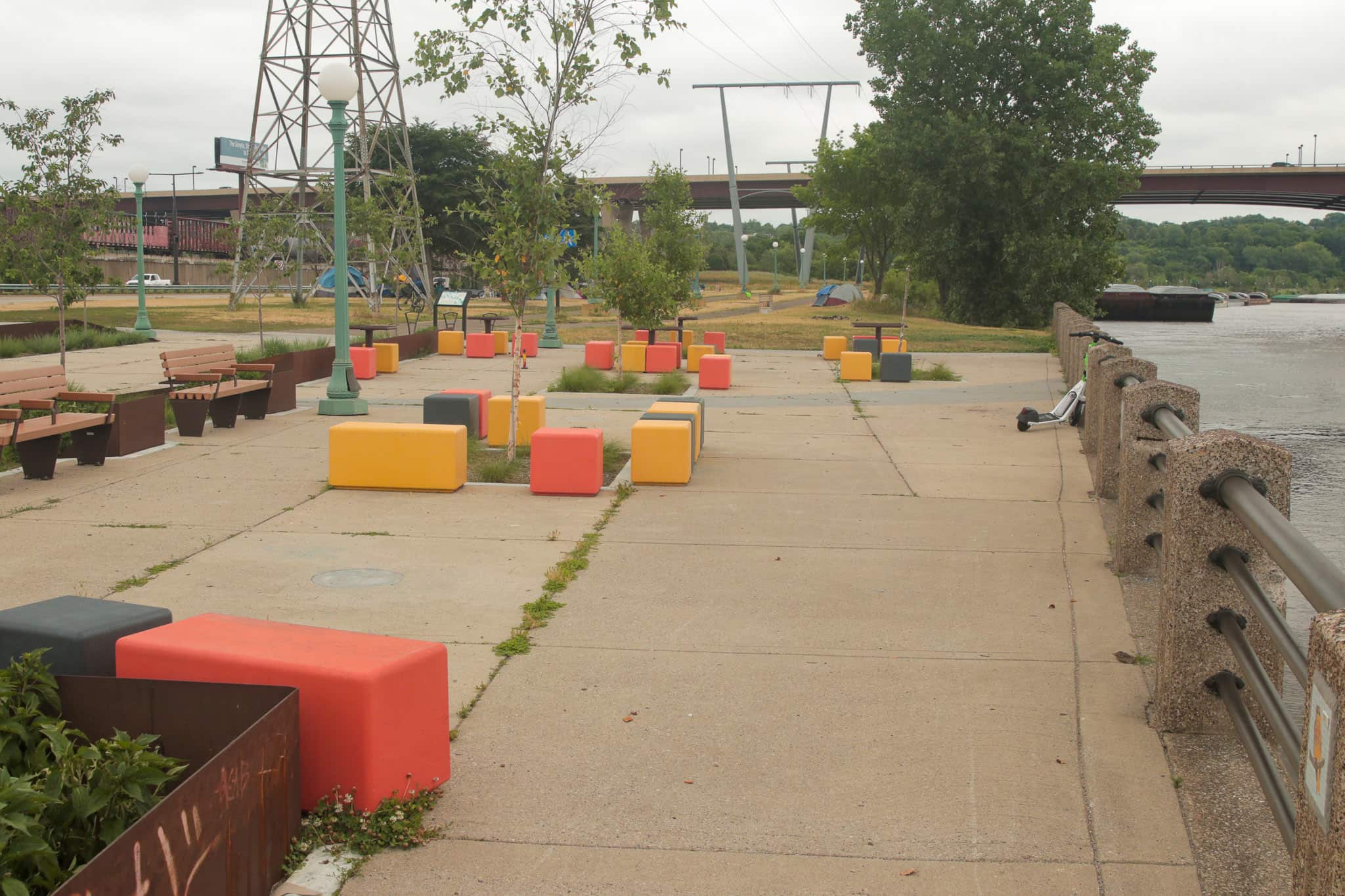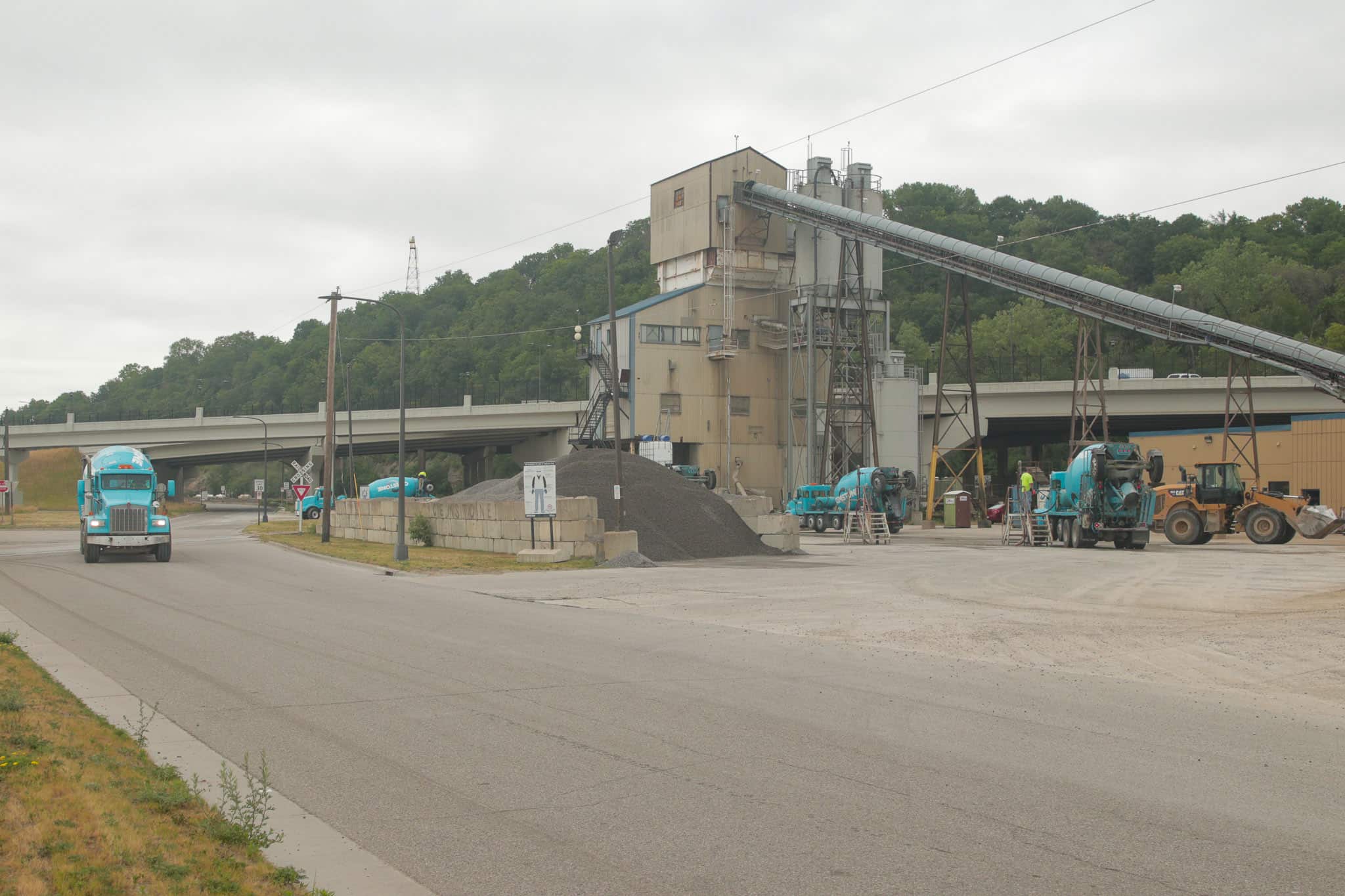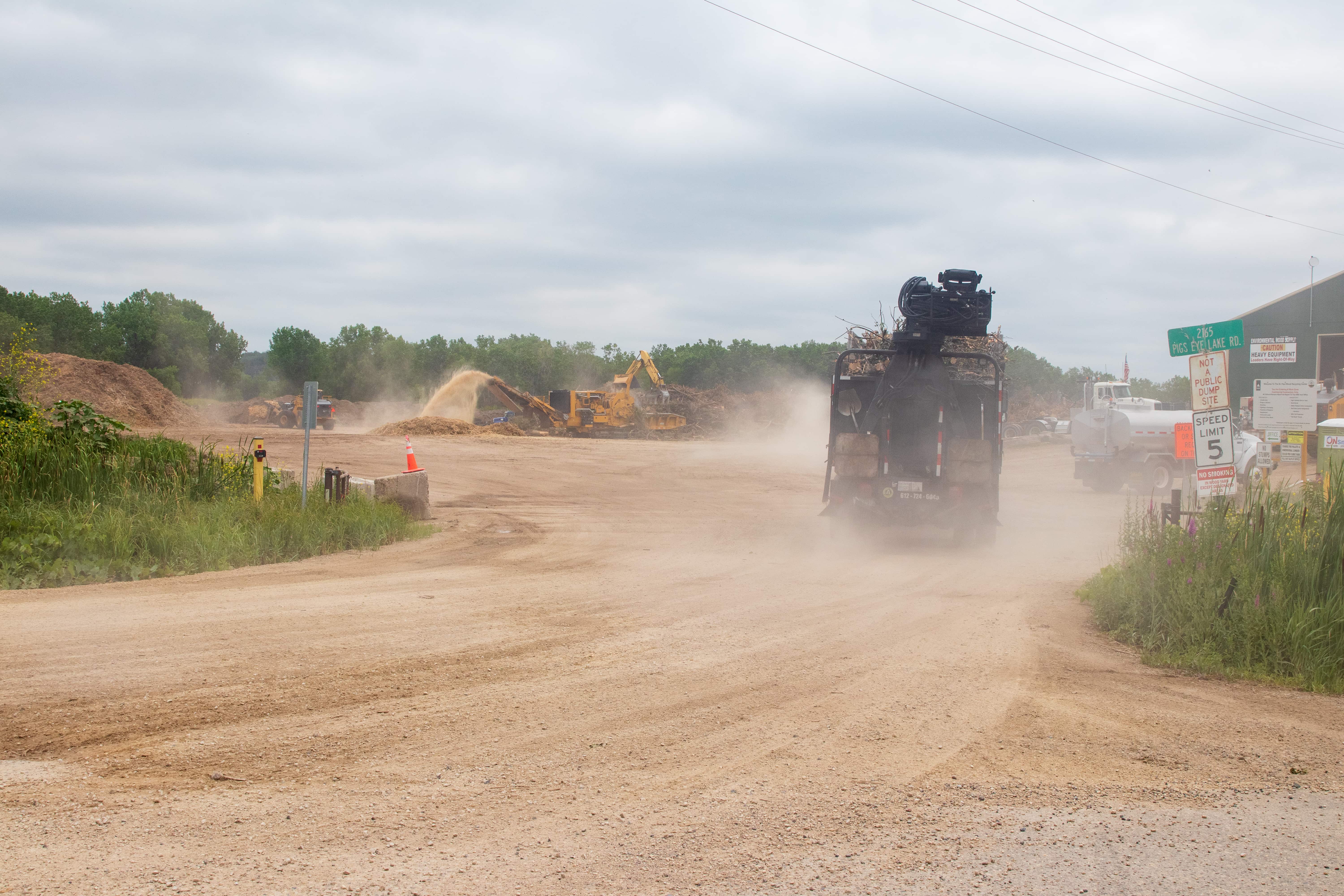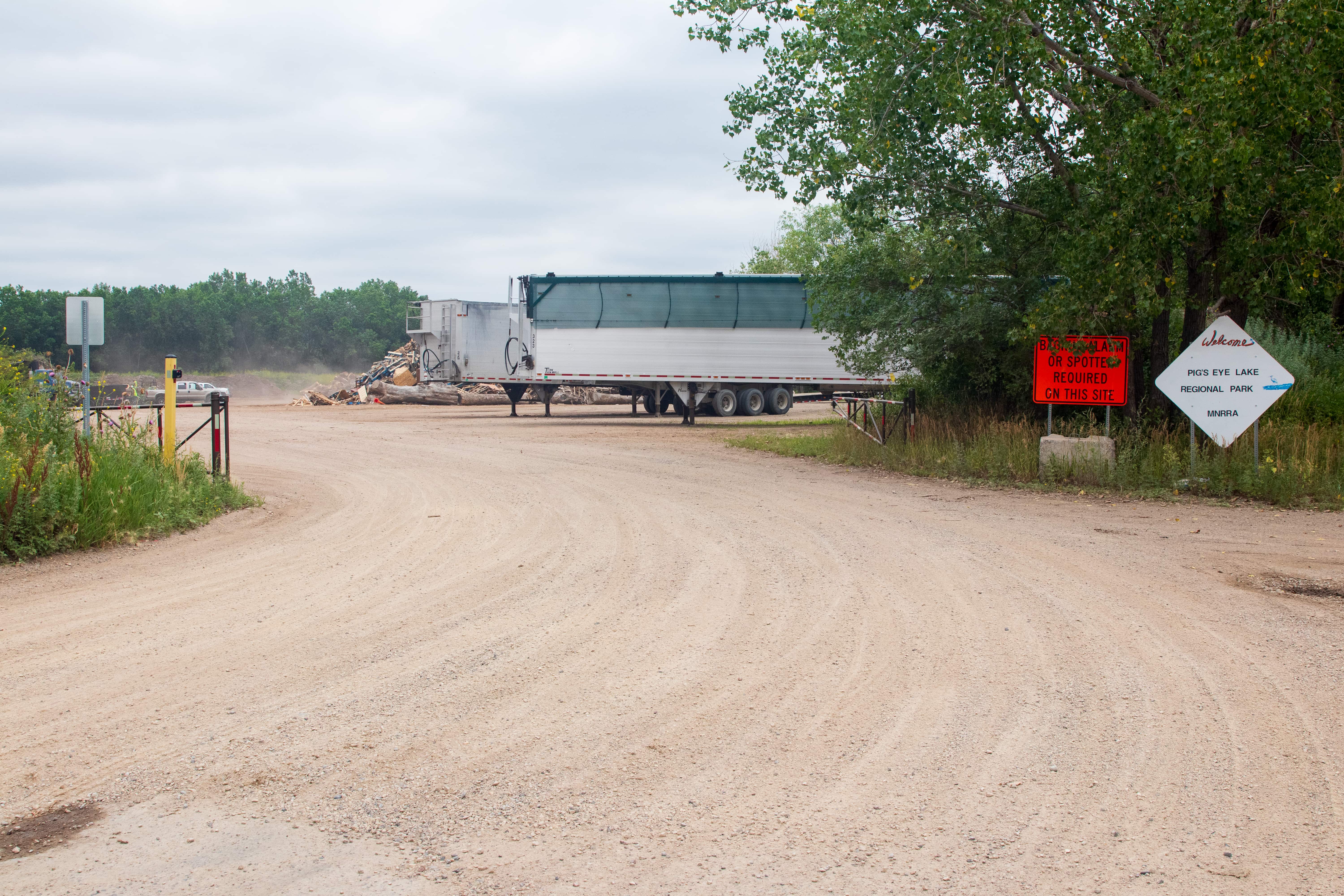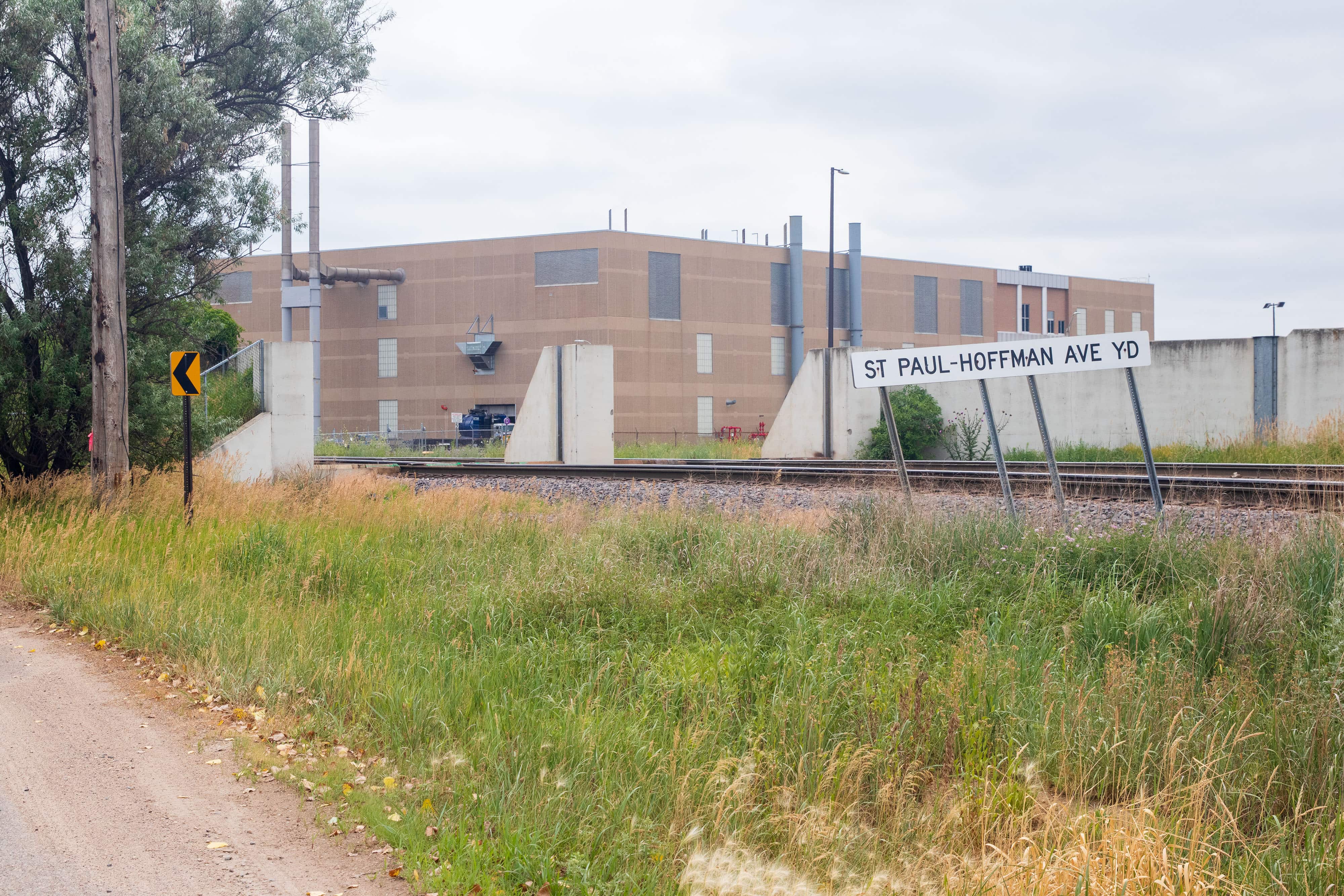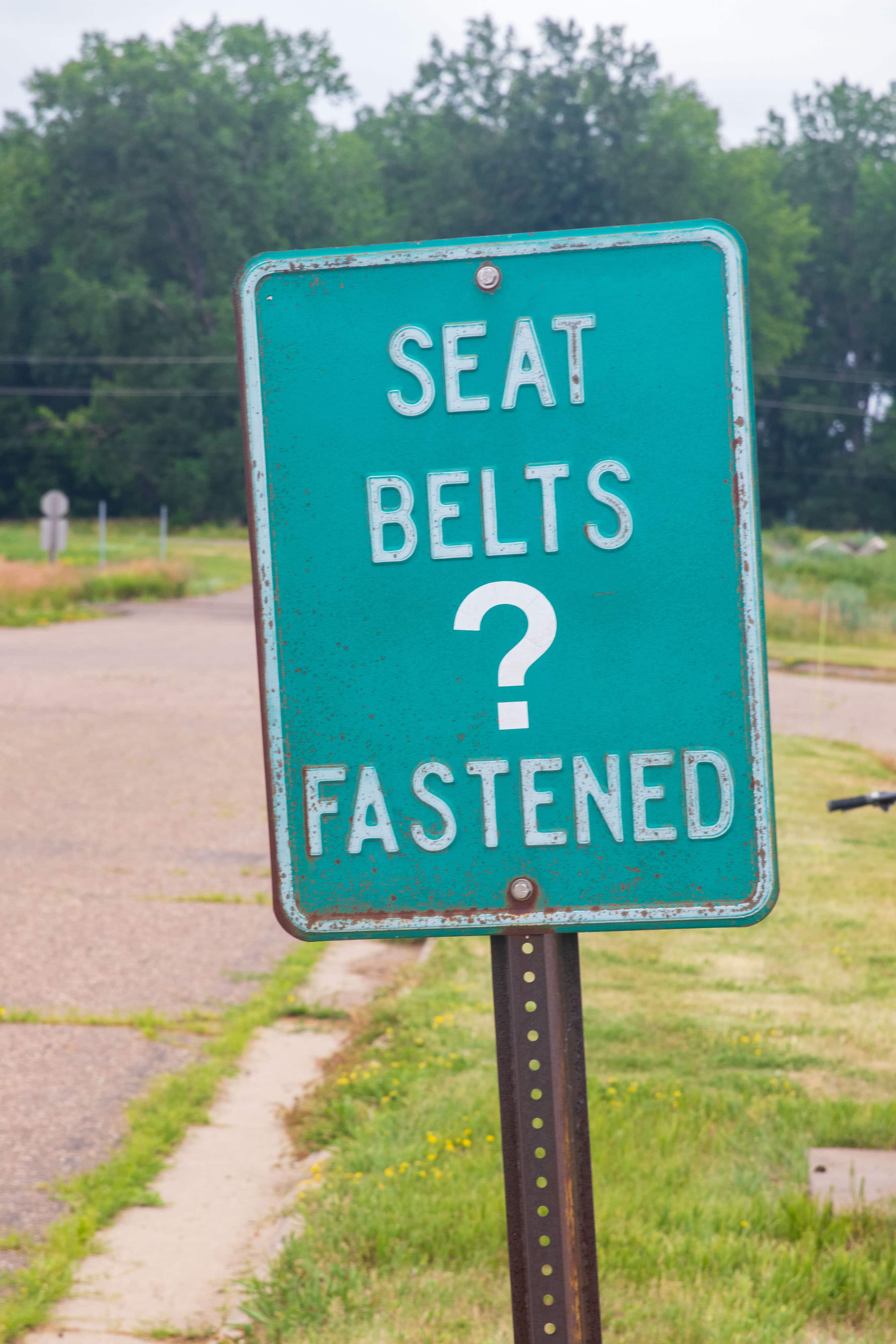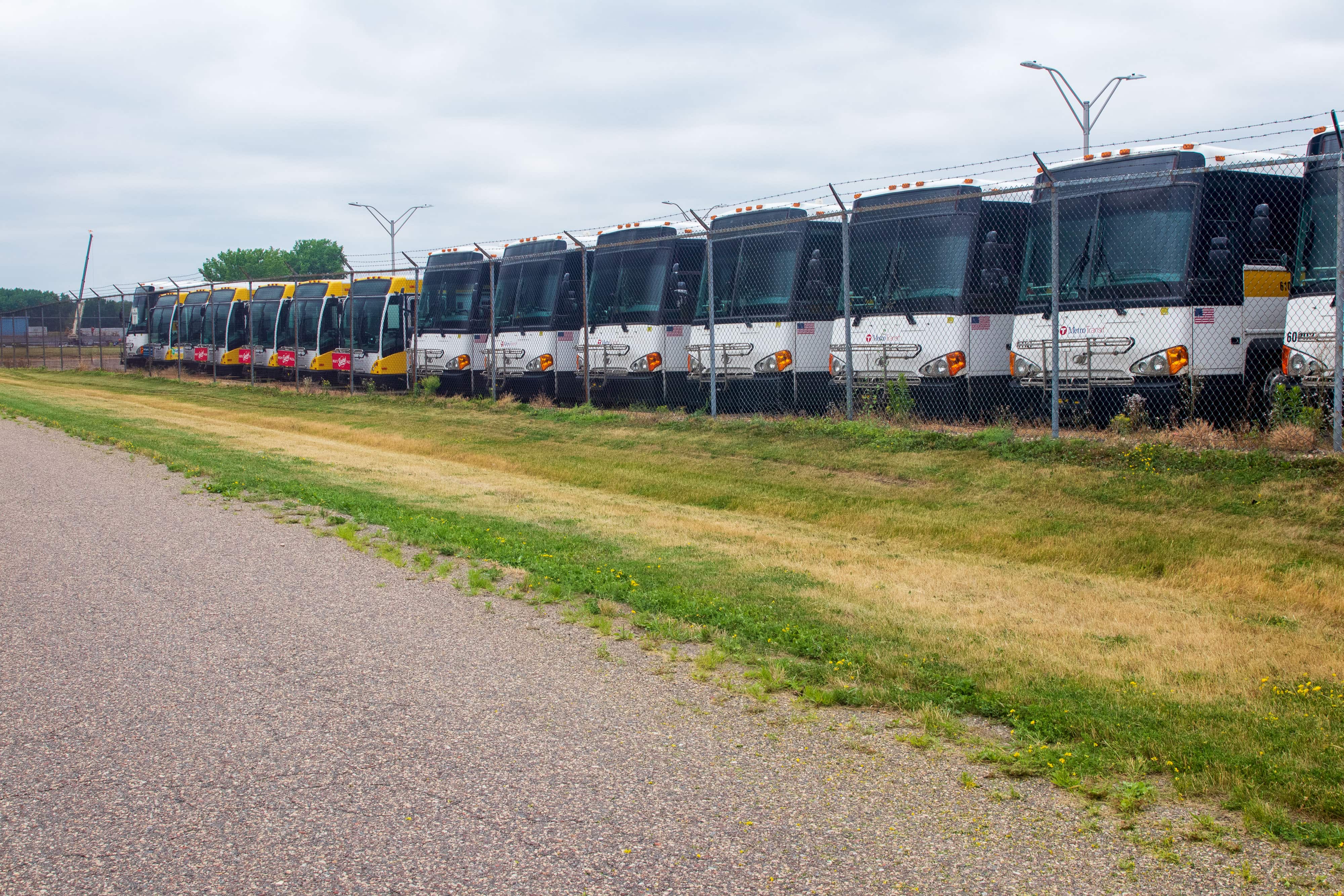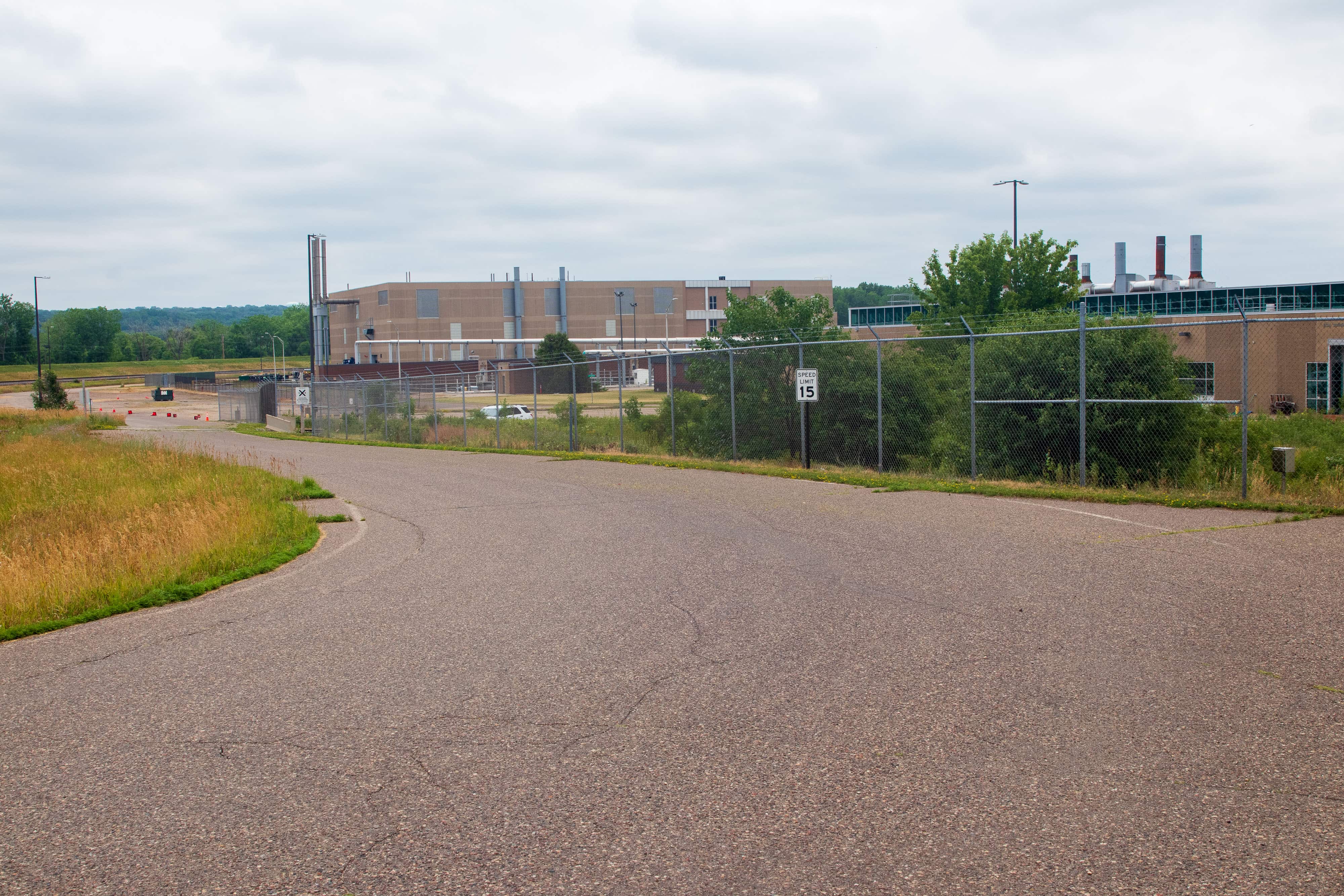July 6, 2022
Highland Park, West Finish/West seventh, Downtown, Lowertown, Battle Creek
24.3 miles
Beneath, the map of the July 6, 2022 trip.
St. Paul is a river city. No shock there. What could also be is that our metropolis has extra shoreline and publicly owned land alongside the Mississippi than every other metropolis alongside the two,300-mile run of the river. Native peoples, and later, Europeans used the Mississippi in some ways — for exploration, as a path to maneuver individuals, crops and later, commodities, and at the same time as a sewer and industrial waste dump. Industrialization, nevertheless, strangled the power to make use of (and the curiosity in utilizing) the river as a leisure useful resource.
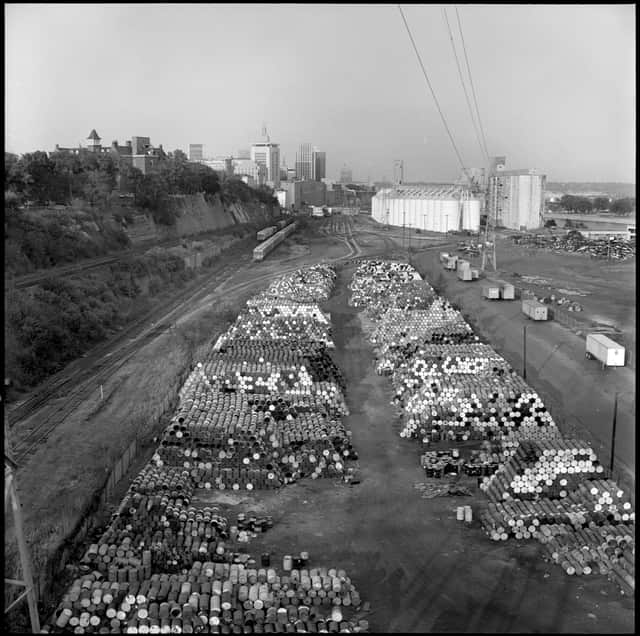
Entry to the Mississippi in St. Paul, particularly for the reason that Nineteen Nineties, has steadily improved with the relocation of business and roads. Nonetheless, a lot of the river stays frustratingly troublesome, even not possible, to get to, so advocates hold pushing for considerably extra and higher connections. Three in depth and intriguing initiatives that might just do which are in varied levels of planning proper now.
One in all them is why my final vacation spot this overcast day was Pig’s Eye Regional Park, town’s largest and, paradoxically, least recognized and most troublesome to get to park. Mary deLaittre, government director of the Great River Passage Conservancy agreed to fulfill there to speak about plans for this distinctive, stunning, muddled place.
Decrease Touchdown Park
On the way in which to Pig’s Eye Park, I rode east on the Samuel Morgan Path, which follows Shepard after which Warner Roads. I paused to analyze some latest enhancements at Decrease Touchdown Park, east of Downtown, on Warner Highway. The enhancements have been accomplished prematurely of the Viking River Cruise go to to St. Paul.
One other enchancment to Decrease Touchdown Park is the set up of 18 imaginative tile mosaics, a refreshing option to give guests a have a look at a few of the birds that stay across the Mississippi in St. Paul. Minneapolis artist Kellie G. Hoyt created the fowl mosaics.
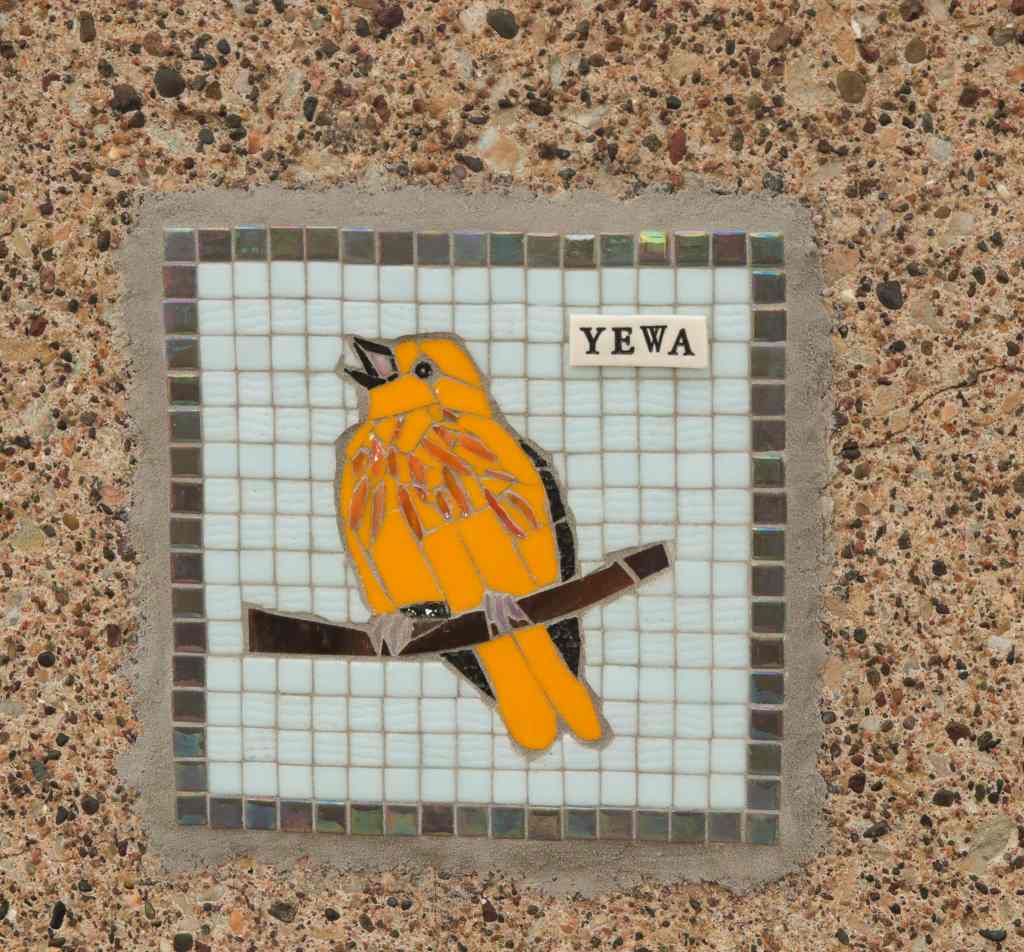
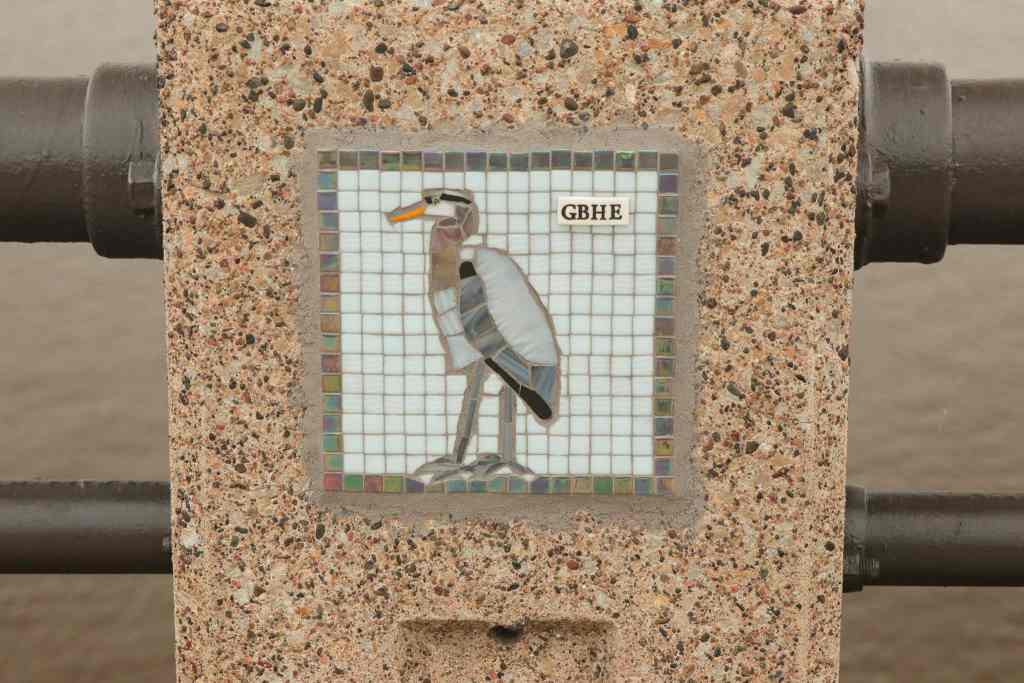
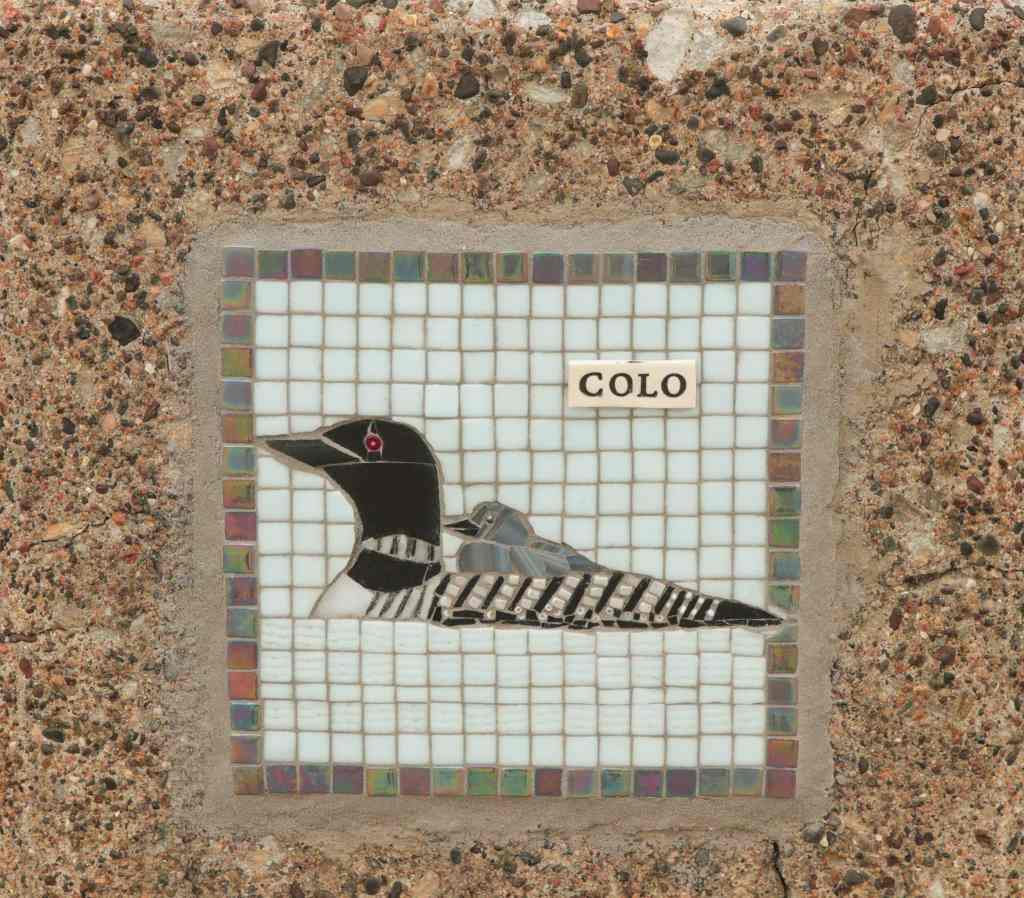

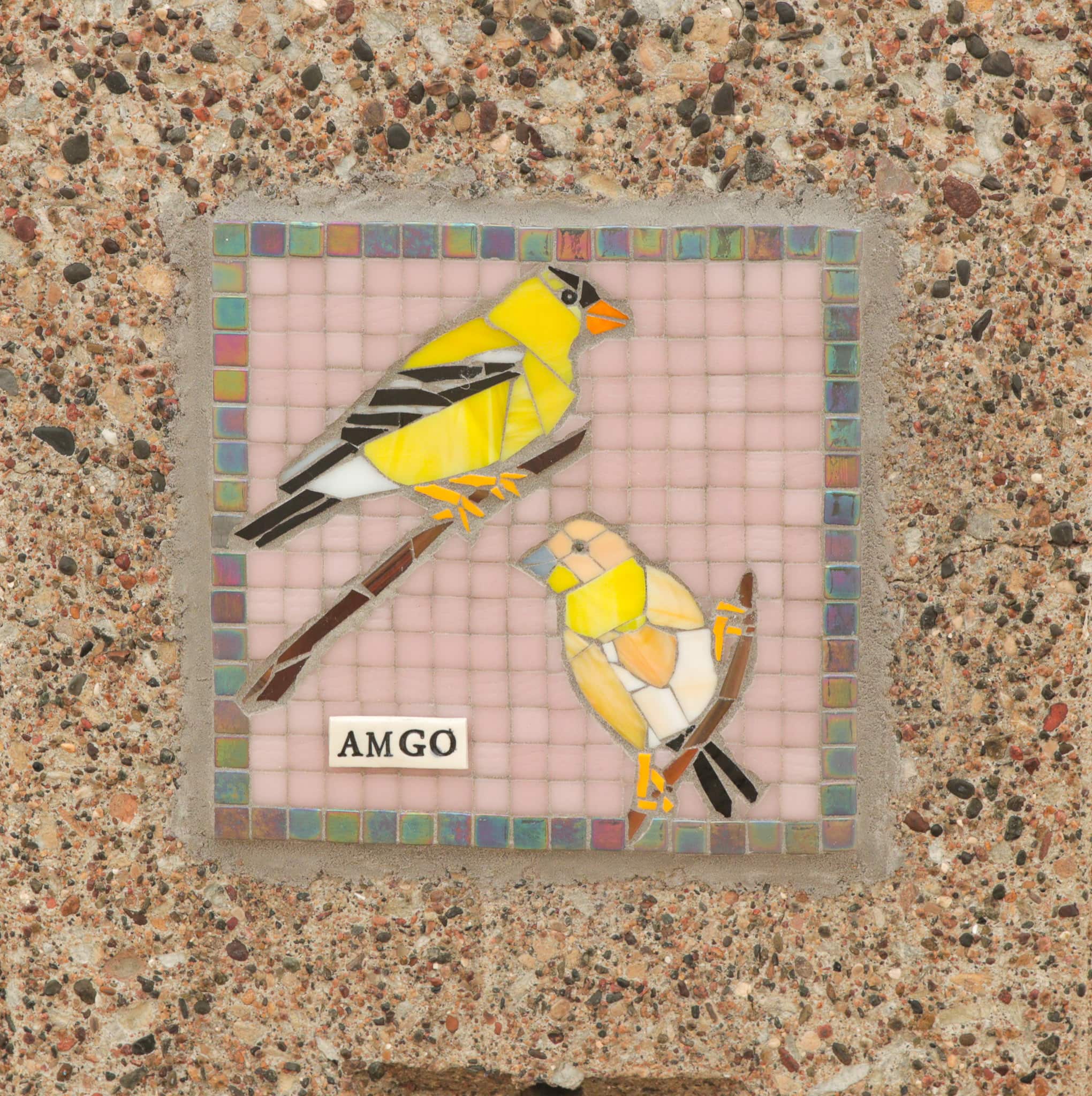
The Industrial Zone and Pigs Eye Lake Highway
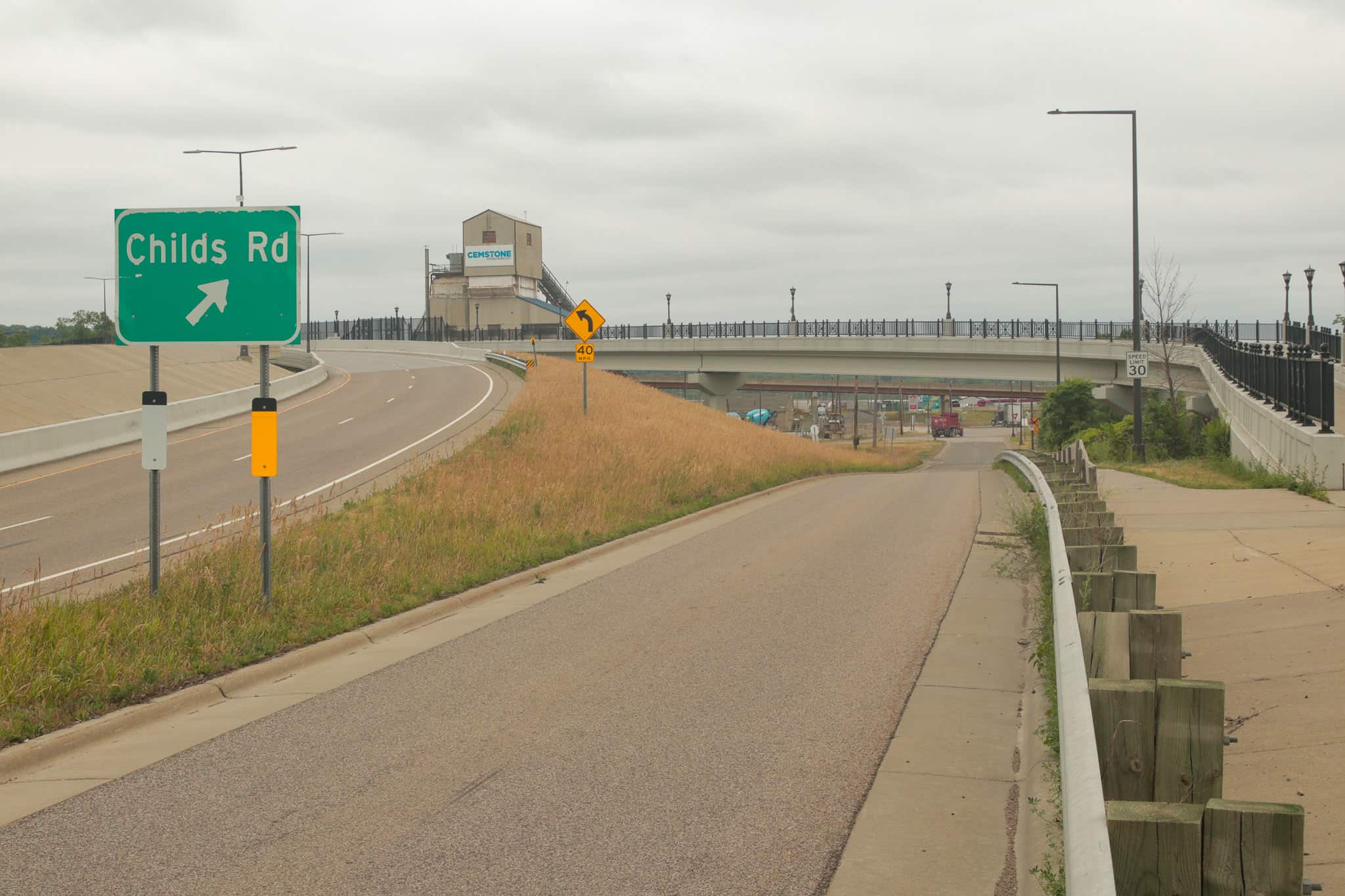
Persevering with east, I exited Warner Highway at Childs Highway, which means the tip of the protection of the protected bike path. I expended little rubber on Childs Highway, turning onto the aptly named Pigs Eye Lake Highway in lower than 1 / 4 mile. A quirk value noting right here is that “Pig’s Eye Park” has an apostrophe however Pigs Eye Highway doesn’t, based on the official map of St. Paul.
The barrage of indicators on the intersection supplied an omen of the a number of obstacles about to return my approach. That is the doorway to a particularly energetic, extremely industrial space, so it was me versus many massive, heavy, fast-moving automobiles and different street hazards.
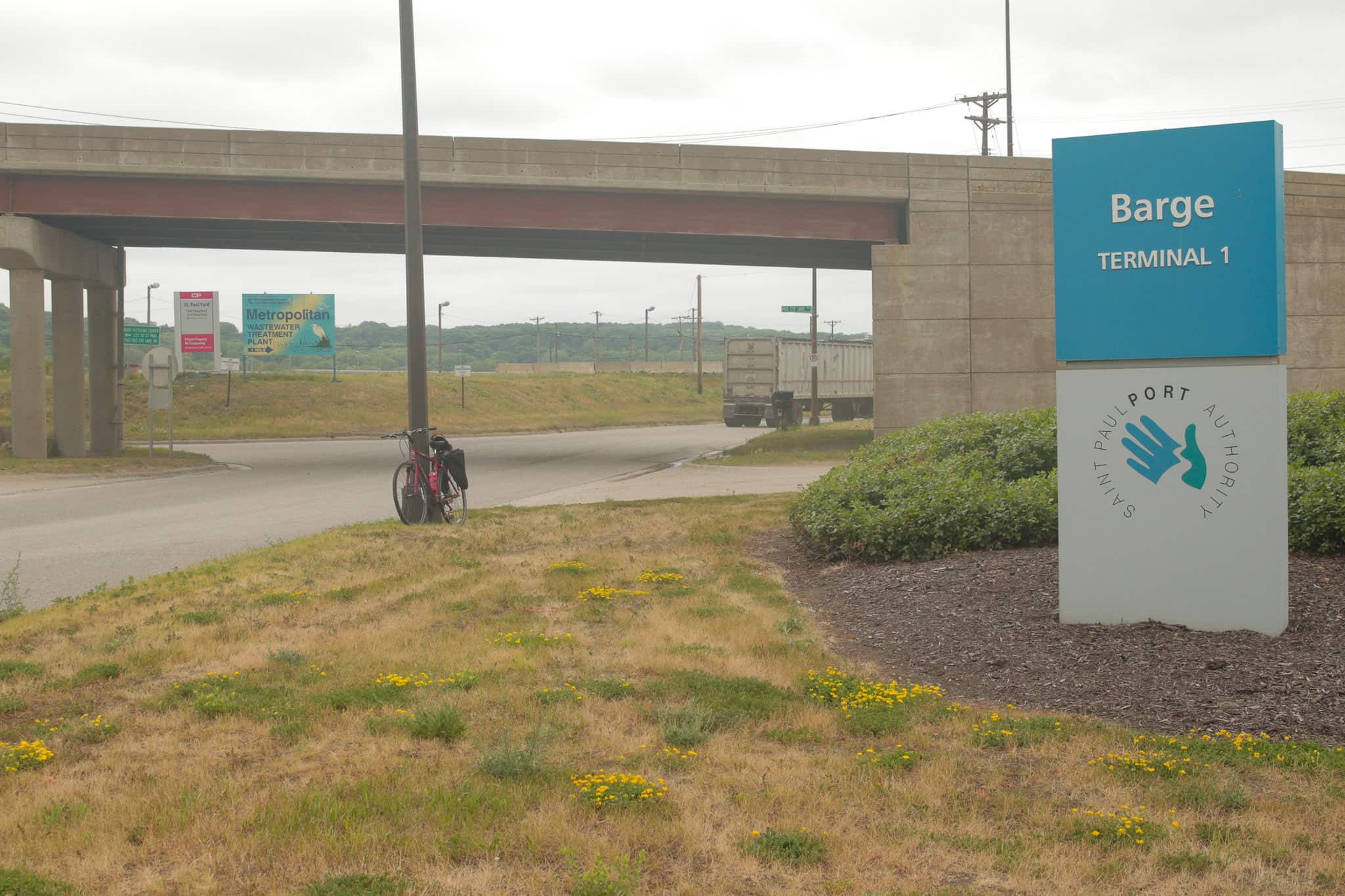
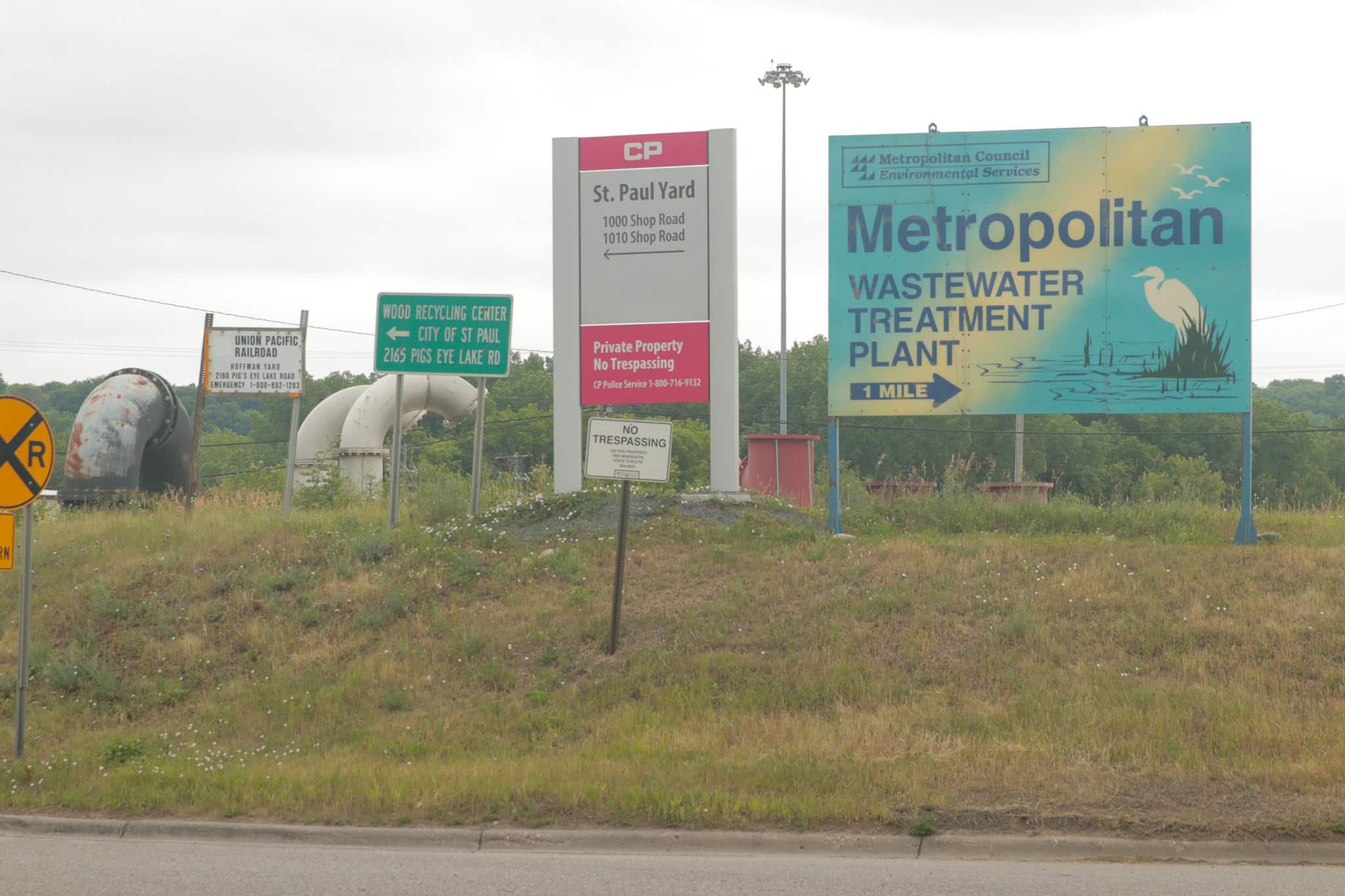
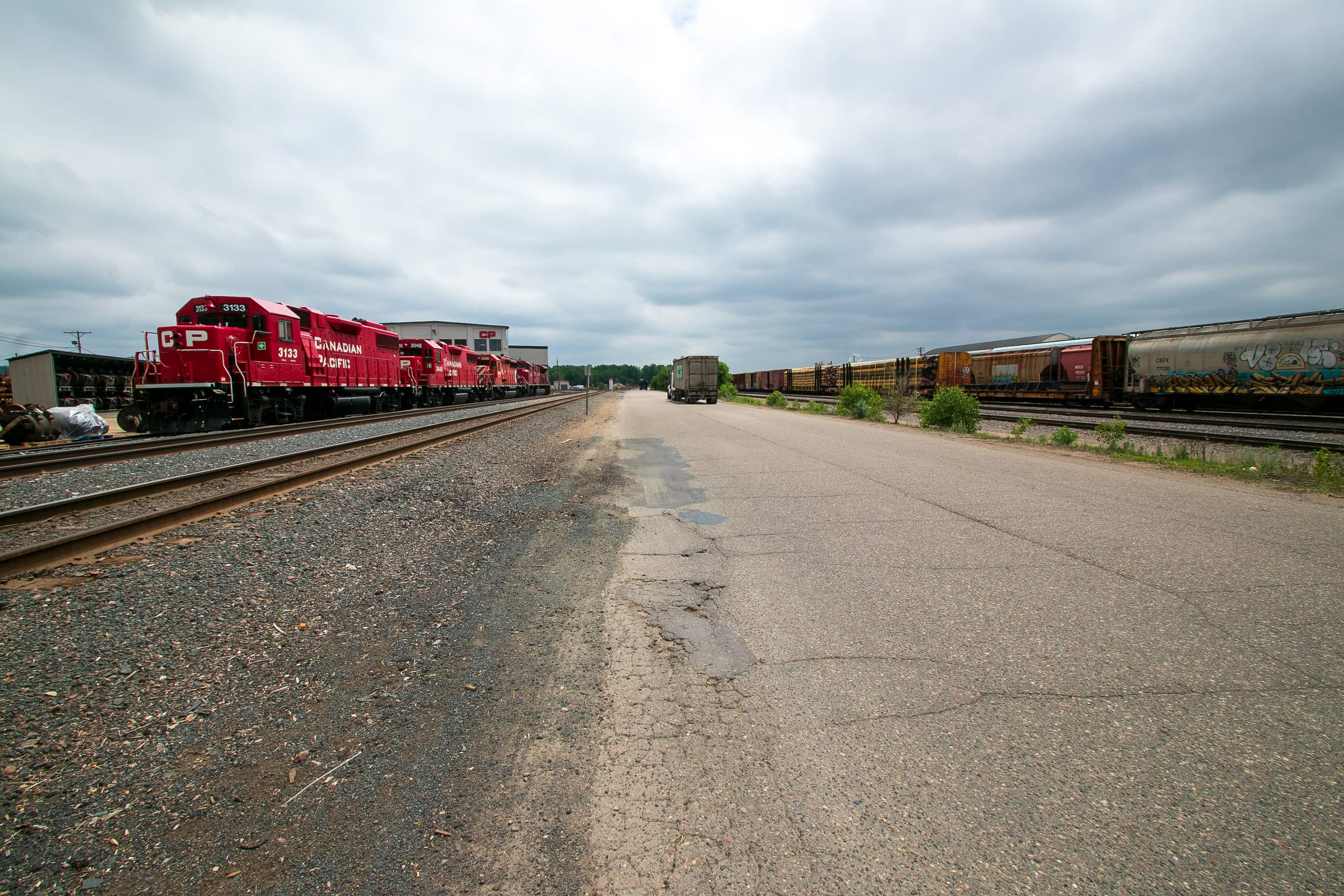
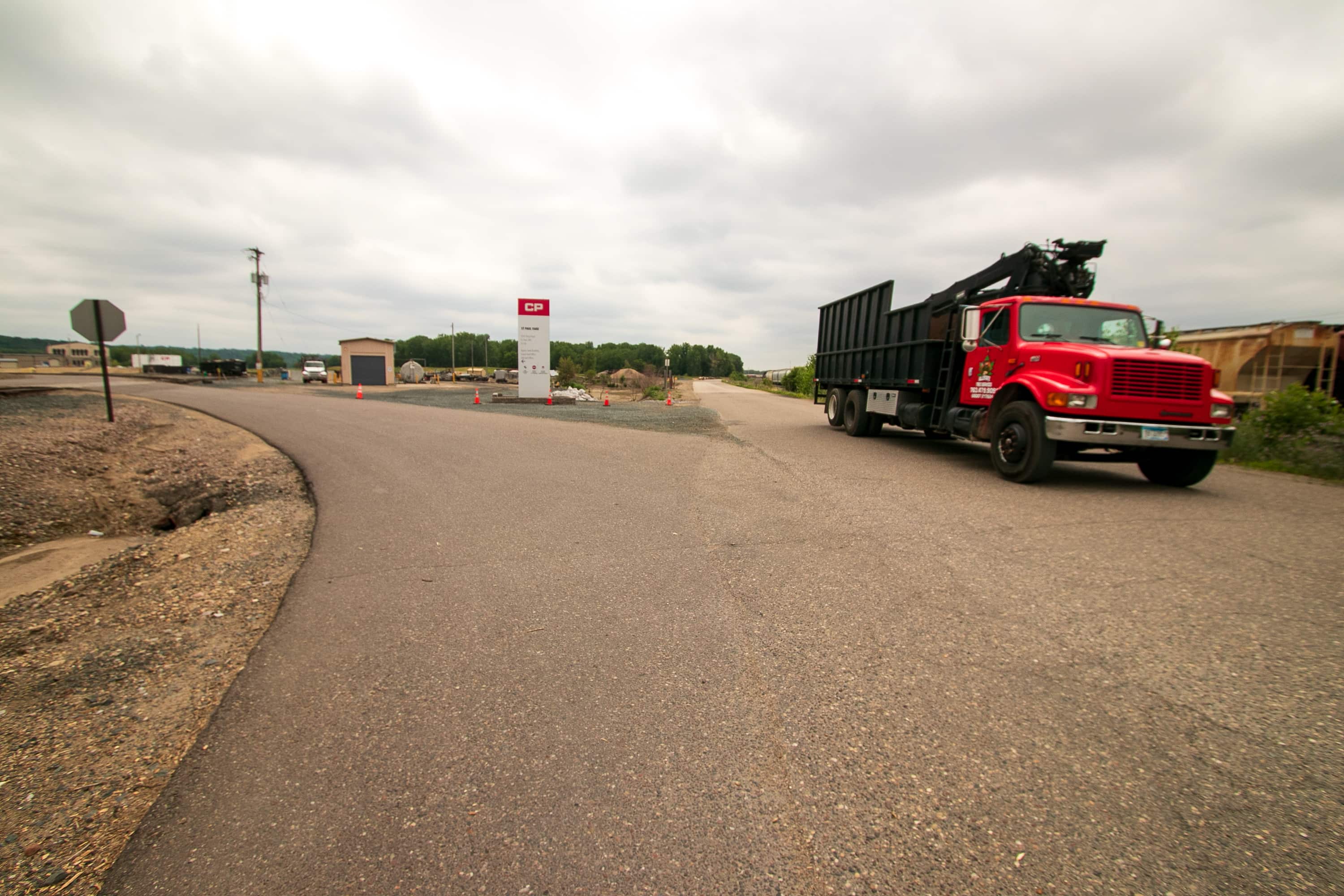
Shifting south previous Store Highway and the CP Rail services, one encounters a gravel street to Pigs Eye Wood Recycling and Environmental Wood Supply: a dusty, raucous enterprise that grinds waste timber and clear pallets into wooden chips used to gasoline the heating and cooling plant for Downtown St. Paul buildings.
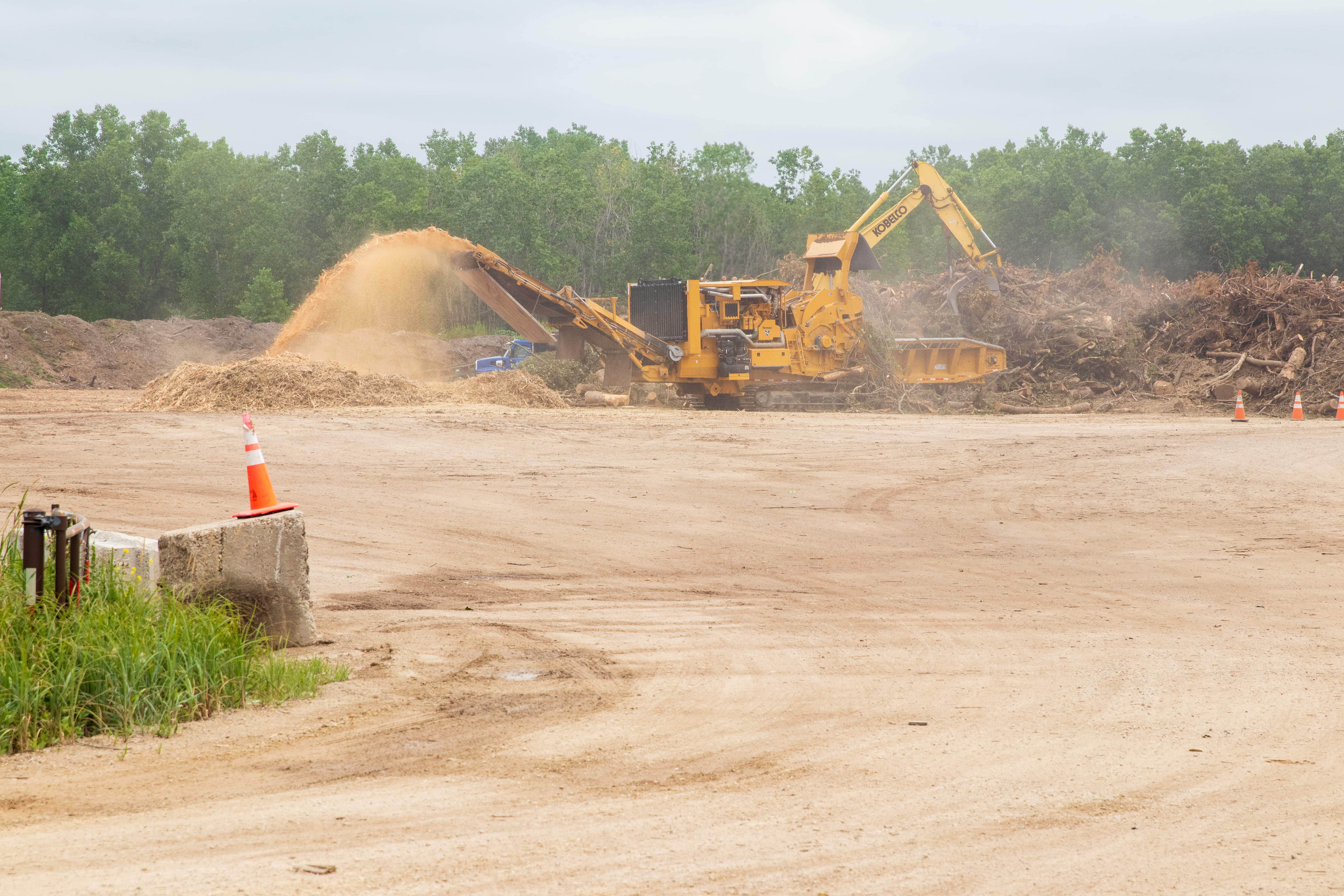
A number of hundred ft additional is a second entrance to the wooden facility that doubles because the street to Pig’s Eye Regional Park. The unnamed “street” is marked with a lackluster, homemade-looking signal. However hey, at the least it’s now marked, not like once I first got here right here.

Whereas closing in on the park, one other fifth of a mile and a hindrance or two remained. The most important is the pothole and gravel-laden filth swath that inadequately serves because the street. It’s additionally the dumping floor for particles from Saint Paul Regional Water Companies development initiatives, and lies alongside the north facet of the trail.
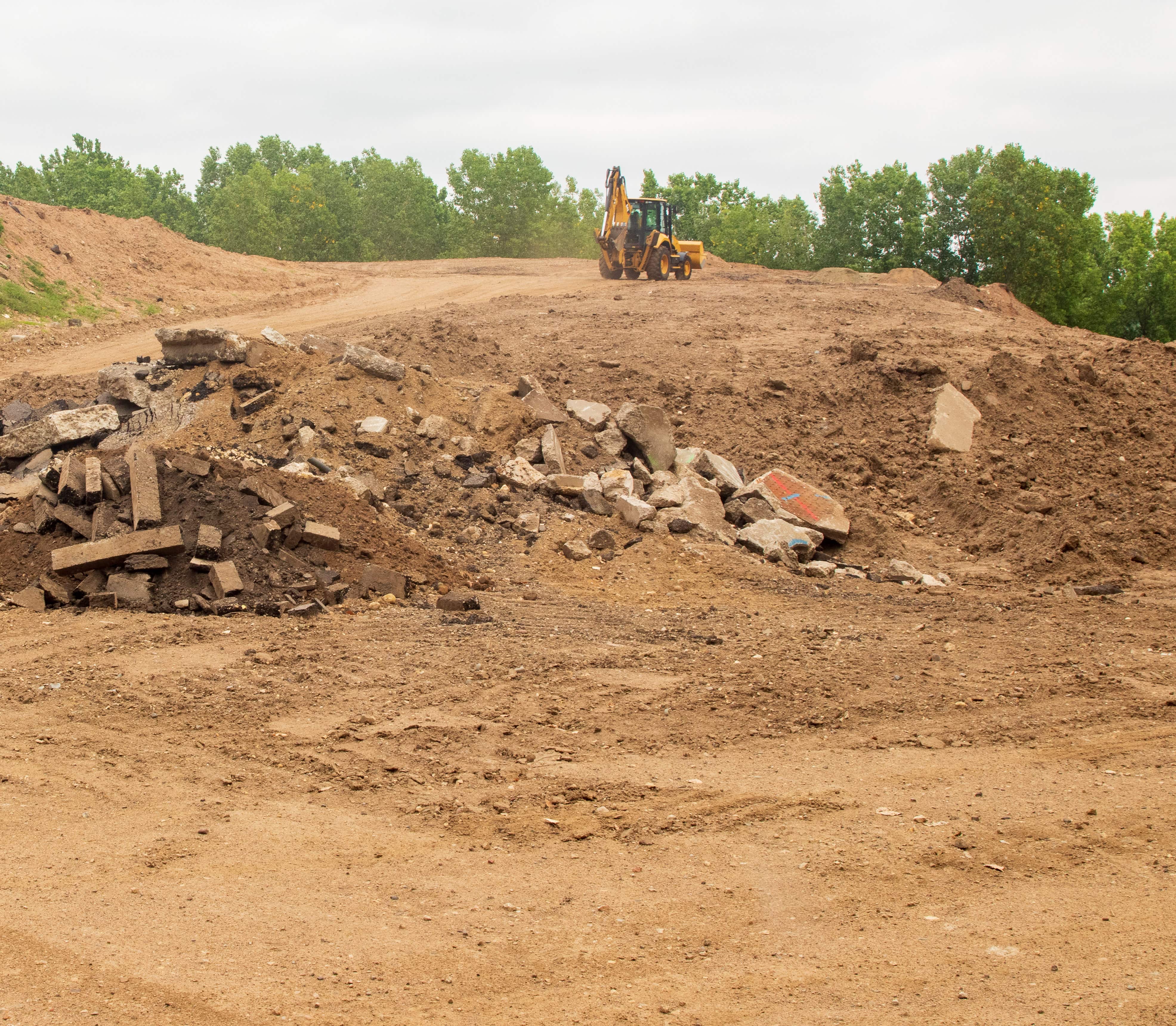
Pig’s Eye Regional Park
Eventually, Pig’s Eye Park! The landmark bridge simply forward spans Battle Creek.
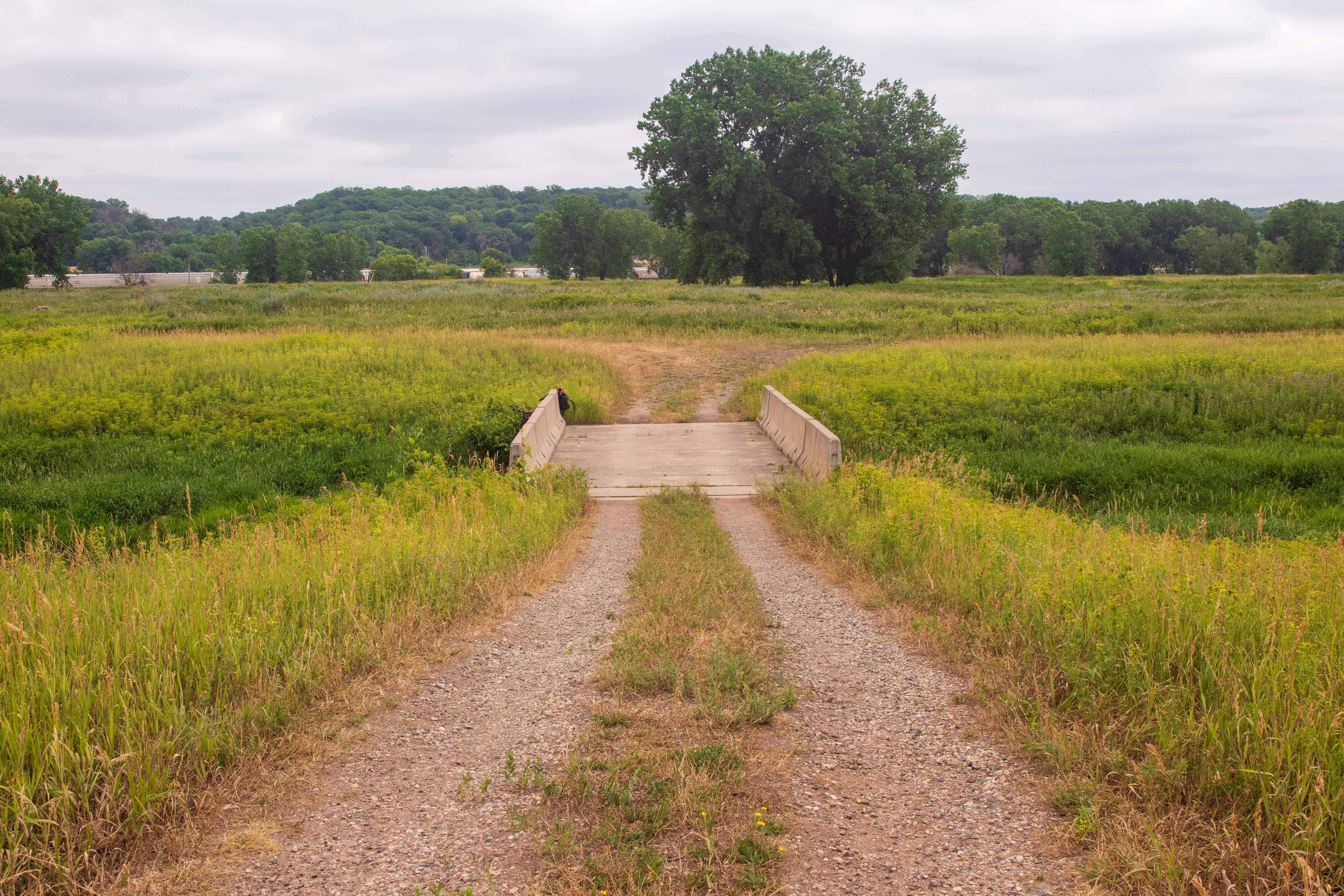
I dismounted from my bike simply as Mary deLaittre and Laura Bray, the Nice River Conservancy’s different worker, parked and exited the automobile. The Conservancy leads advocacy and personal fundraising for three large capital projects alongside the 17 miles of the Mississippi River inside St. Paul. One is the East Side River District, of which Pig’s Eye Regional Park is part.
“How do you convey one of many three nice rivers of the world and the area people collectively? How do you convey the river from the sting again to the middle of public life?”
Mary deLaittre, government director Nice River Passage Conservancy
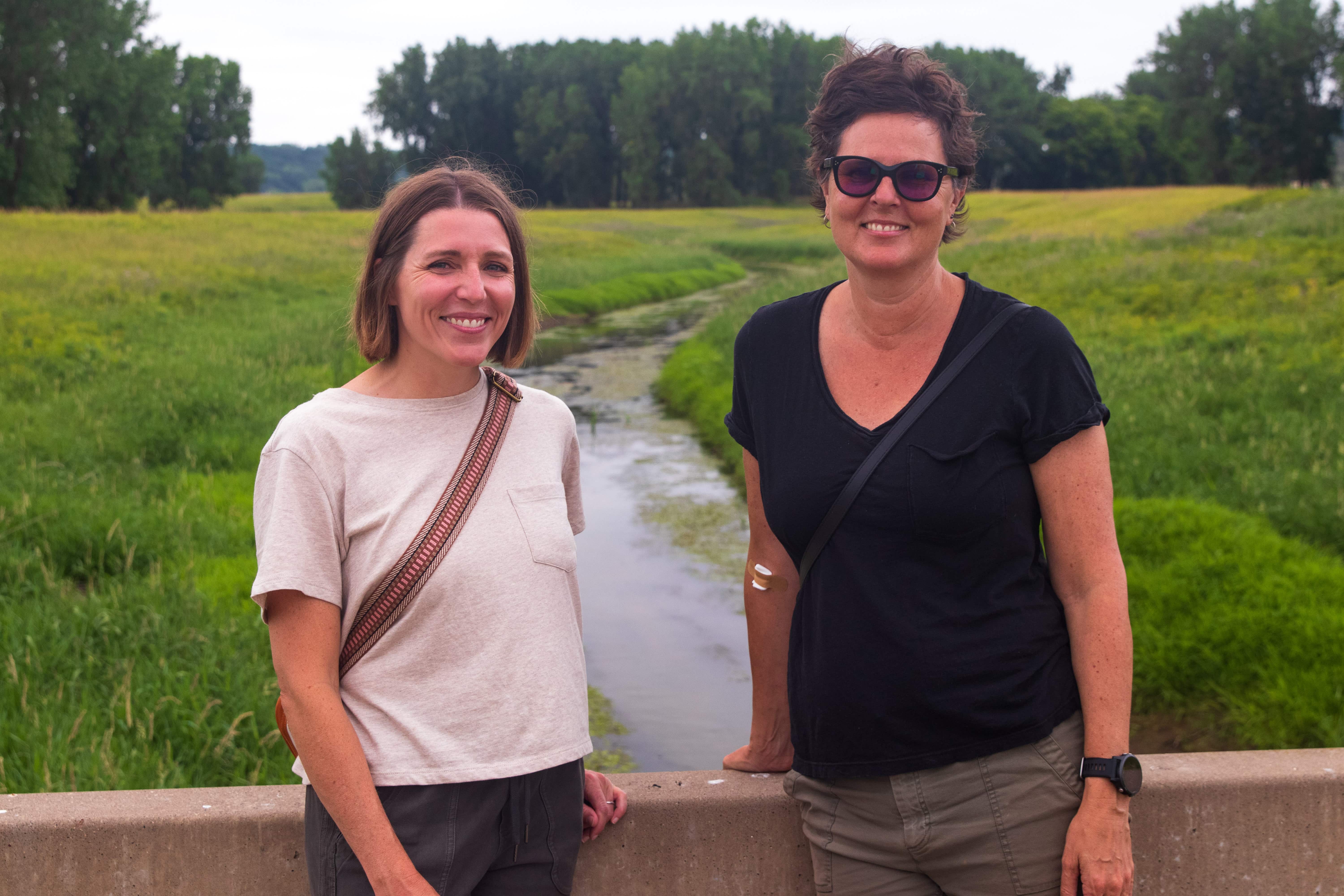
I used to be most within the East Aspect River District, particularly Pig’s Eye Park, due to its relative anonymity, unconventional location and metamorphosis from Place of origin (the Dakota village of Kaposia) to a dump to a Superfund web site, and eventually, to an undeveloped park.
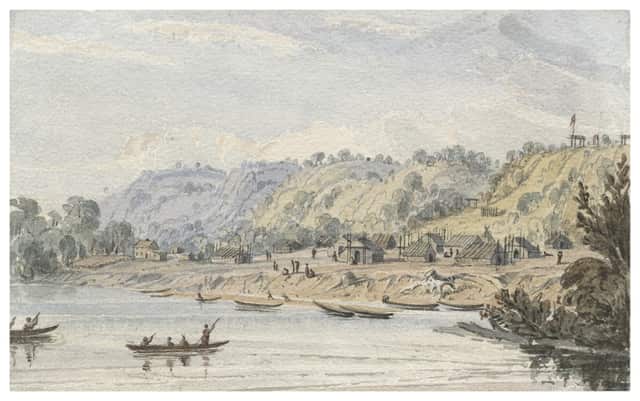
Pig’s Eye is a vital and really difficult web site and story, defined Mary. “You’ve bought two barge terminals, water remedy facility, wooden chipping facility, one of many largest rail switching yards within the area, a regional park, DNR headquarters, two Superfund websites. After which relying on who you speak to 40 to 60 p.c of all migrating birds arising from the river, come by means of right here.” And that’s a small a part of the convoluted historical past of this spot.
A serious dilemma affecting wholesale improvement of the 1,200-acre Pig’s Eye Park is air pollution — a large part of the park is a Superfund site. From at the least 1956 (presumably a long time earlier) to 1972, about 230 acres have been used as a authorized however unpermitted dump.

A number of main companies, a pair dozen governmental entities (together with the cities of St. Paul and Minneapolis) and space residents tossed refuse and unsafe and development waste right here. Mercury, PCBs, PFAS, cyanide, lead and cadmium are a few of the worst pollution that have been dumped and buried within the landfill.

The environmental abuse continued from 1977 to 1985. The Metropolitan Council Environmental Companies (MCES), operators of the close by Pig’s Eye wastewater remedy plant, dumped ash from sewage sludge on about 31 acres of the land. Two to a few ft of soil was positioned over the dump however contaminants proceed to leach into soil and groundwater, and development waste and different rubbish nonetheless work their option to the floor.
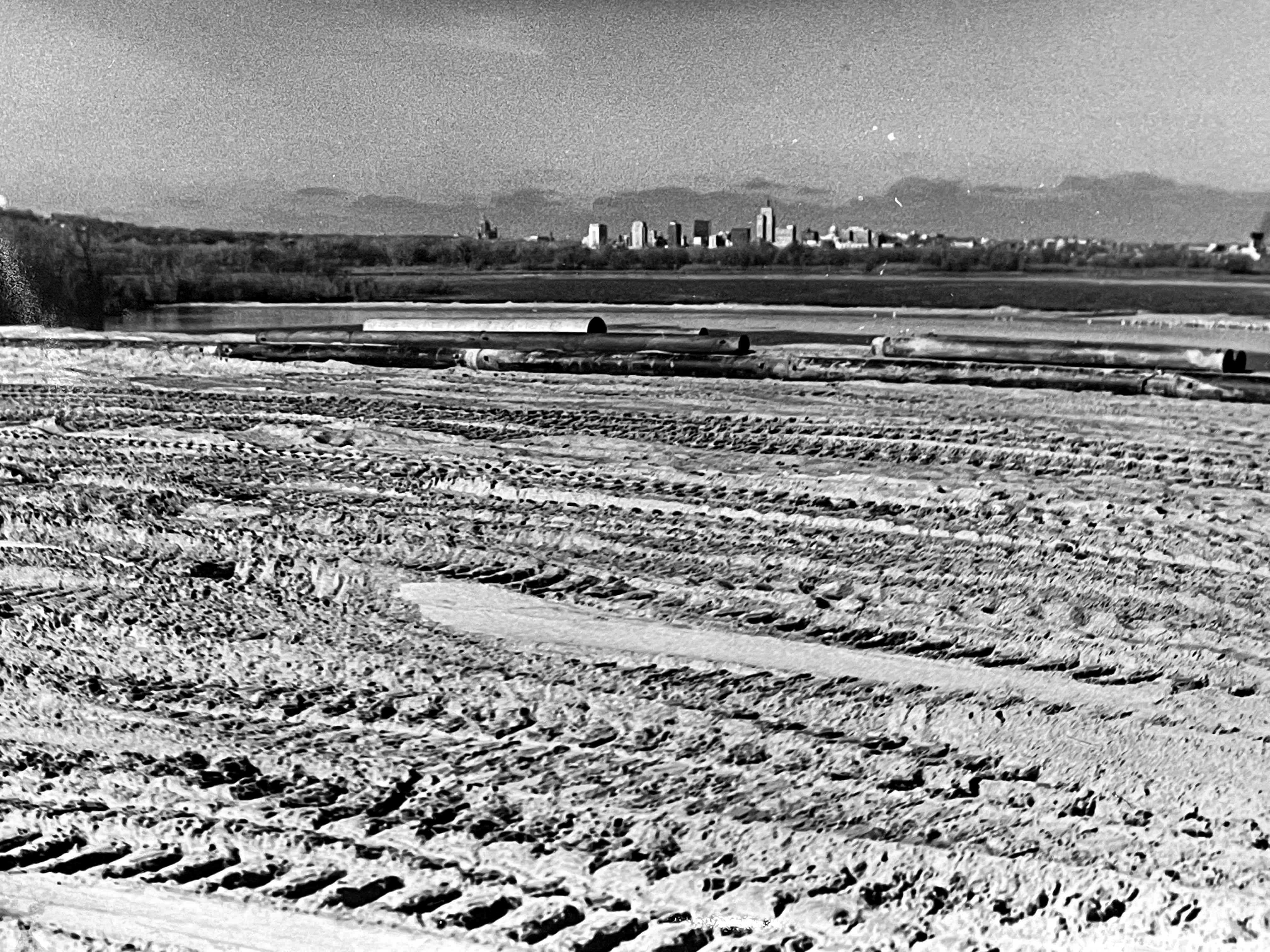
“It (Pig’s Eye Regional Park) is open to the general public, however persons are type of discouraged from coming right here as a result of it’s very unsafe getting right here. It’s very troublesome. It’s an energetic industrial space.”
Mary deLaittre
All advised, an estimated 8 million cubic yards of supplies have been buried, which created what stays the largest unpermitted dump in Minnesota.
Monitoring of the landfill started in 1992 and really limited cleanup began in 1999. On the course of the Minnesota Air pollution Management Company (MPCA), crews eliminated a number of hundred 55-gallon drums of poisonous chemical substances from 1999 by means of 2003. Different abatement efforts within the early 2000s included stabilizing contaminated soil, waste elimination and masking 80 acres of polluted land with two ft of fresh soil. However, estimates are that tens of millions, even billions of {dollars} extra will must be spent to fully clear up the air pollution, whether it is even doable.
The excellent news is that lawmakers in 2022 allotted funds for a job pressure that can decide how you can clear up the landfill. The MPCA job posting for the Activity Power Coordinator closed on November 14, 2022.
As to the easiest way to return the previous landfill to its pure state, Mary advised me, “We don’t know what form or type cleanup will ever take.” One thought she talked about is constructing a permeable wall that “can be like six layers deep of various supplies. So when the water from flooding goes up after which the water from the [Battle] Creek and flooding goes down, it’s transferring by means of this large filter.
“You’ll be able to’t pierce the clay and go down, so each something you construct has to drift nearly like if you’re constructing on permafrost,” added Mary.
One other crucial a part of the story of this land is that Pig’s Eye Park — Čhokáŋ Taŋka (the “massive center”) within the language of the Dakota — in addition to 1000’s of acres past in all instructions was Dakota homeland. With that in thoughts, Mary contacted the Minnesota Indian Affairs Council (MIAC) in 2016, after taking the job on the Conservancy. In keeping with its website, the MIAC “protects the sovereignty of the 11 Minnesota tribes and ensures the nicely being of all American Indian residents” within the state.
“It was very clear,” Mary said, “that we needed to work with the Dakota and native Indigenous communities to ensure their voice was heard, to combine their concepts into the design processes, and in addition work out methods, each from an financial perspective and a programmatic perspective to have them included.”
Mary added, “We’re actually attempting to show the method of engagement and voice and possession on its head and hopefully perceive what the communities wish to see taking place right here. Or, they could not wish to see something taking place right here. After which what does that imply when it comes to neighborhood entry to this location?”
The Conservancy held conferences — known as “convenings” — with Native and non-Native teams and organizations. The aim of the convenings, stated Mary was “so all people might introduce themselves to 1 one other and work out who to work with. That’s the place we understood the place all these gaps have been round engagement.” Mary added the Conservancy has employed Full Circle Indigenous Planning + Design to extend Native neighborhood involvement in discussions “to protect and honor indigenous tradition and heritage” within the East Aspect River District undertaking, together with Pig’s Eye Regional Park.
Partnerships prolong past Native teams. Convenings hosted by Nice River Conservancy and the Metropolis of St. Paul included greater than 20 organizations which are concerned in river-related initiatives.
In fact, part of Mary’s job is to offer excursions of the park. Essentially the most frequent response from guests is shock, she advised me. “Most individuals that we convey down right here, and we convey down individuals from all walks of life, by no means knew that this truly existed they usually’re shocked at how stunning it’s.” She continued, “They’re additionally shocked that they’re actually surrounded on two sides by the east facet of St. Paul and that the airport’s proper there and that numerous the infrastructure that helps them on a day-to-day foundation or gives to the economic system of St. Paul is good right here.”
After numerous visits to Pig’s Eye Park, I puzzled about her favourite spot. She replied that it’s the hillock simply south of the bridge. “I really like the prospect since you might see 360 levels and actually get an understanding of this place.”
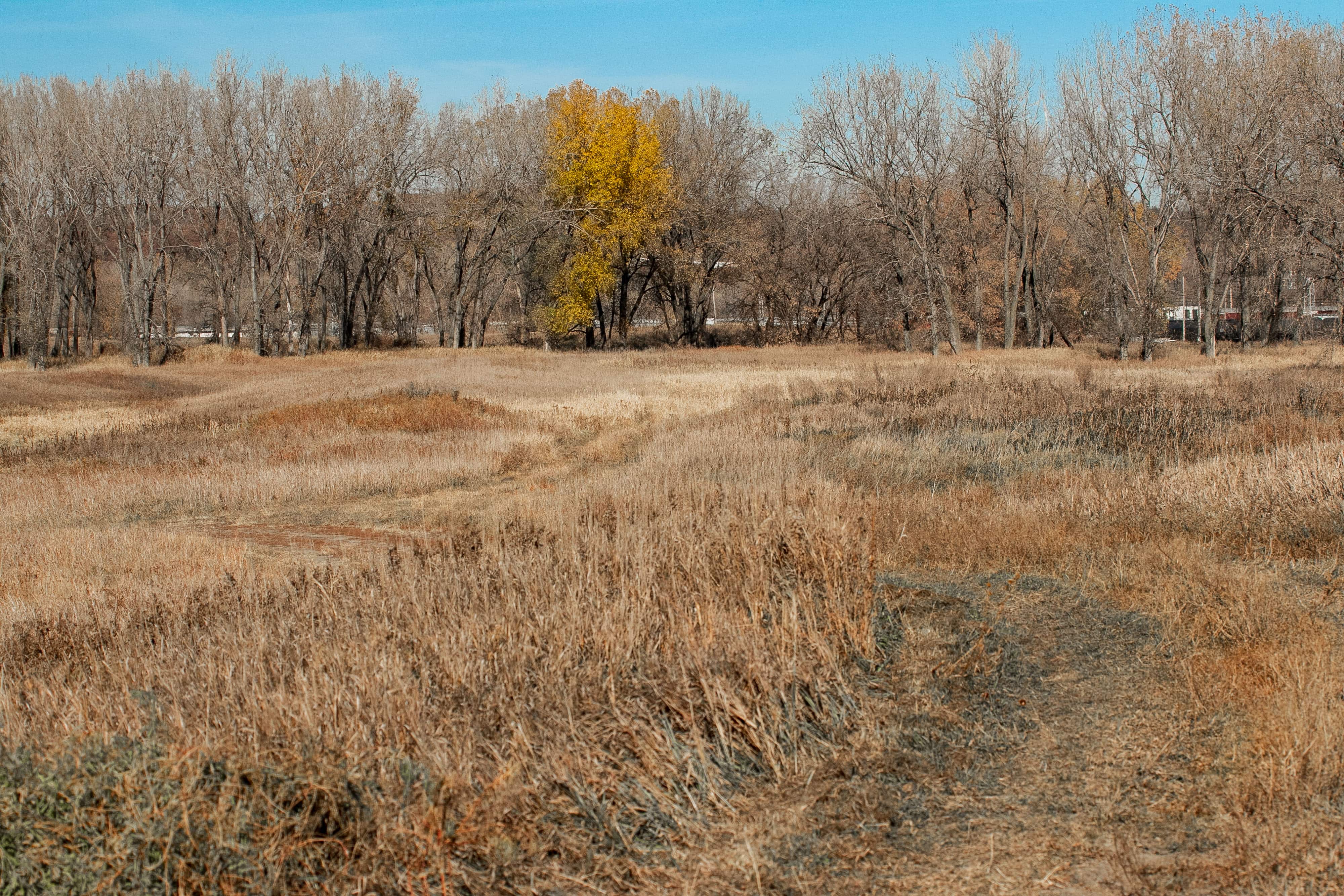
There is no such thing as a schedule for growing Pig’s Eye Park, Mary stated. “We’ve $2.5 million of grant proposals on the market proper now for this undertaking, $350, $400,000 for schematic design after which one other nearly $2 million for transferring past schematic design right into a undertaking. However we’re completely funding dependent.” In different phrases, when the cash is raised they’ll be capable to transfer on the undertaking. Should you’d like to assist fund Pig’s Eye Regional Park, the Nice River Passage Conservancy will gladly settle for a tax-deductible donation.
Upon finishing our interview, Mary and Laura left and I started exploring the prairie portion of Pig’s Eye Park. What was merely background noise throughout our dialog grew to become the unmistakable notes of the close by business. Rail vehicles banging as they coupled, diesel locomotives revving engines and blaring horns, the shrill blast of an air whistle from an adjoining manufacturing facility and semi vehicles passing by alongside Freeway 61.
Nonetheless, the pure world of Pig’s Eye Park managed to interrupt by means of after which push apart the commercial cacophony. The number of fowl calls was astounding — eagles, blue jays, chickadees, pink wing blackbirds and extra bantered. Bees, cicadas, crickets and katydids represented the insect contingent.
Beneath, a couple of of the sights I noticed on my hour-plus-long stroll by means of Pig’s Eye Park. (Click on on any picture to enlarge the gallery.)

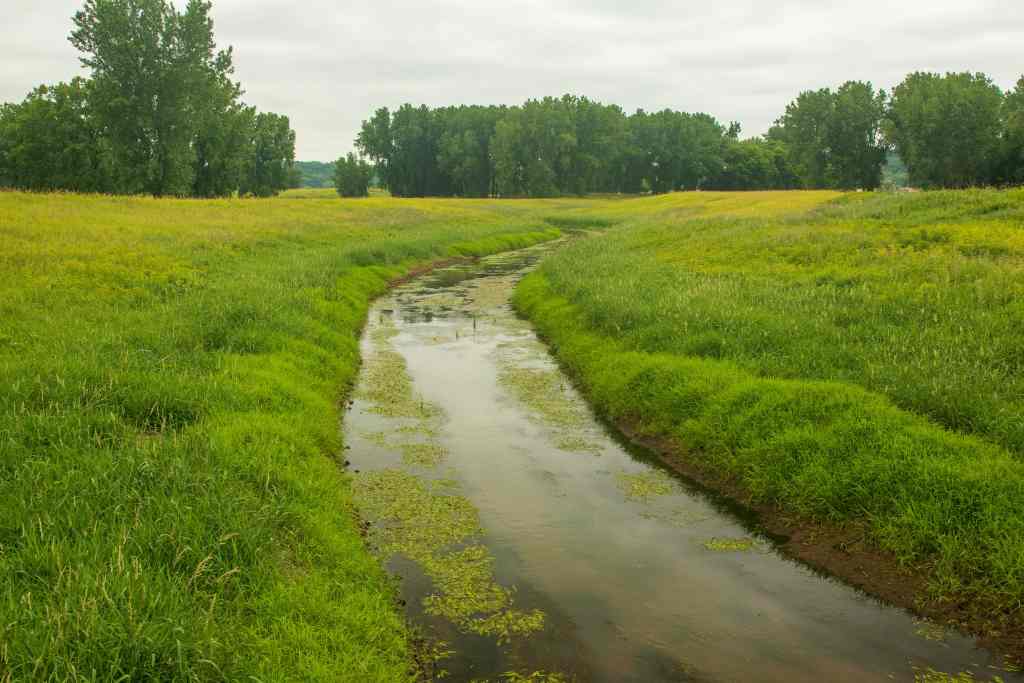
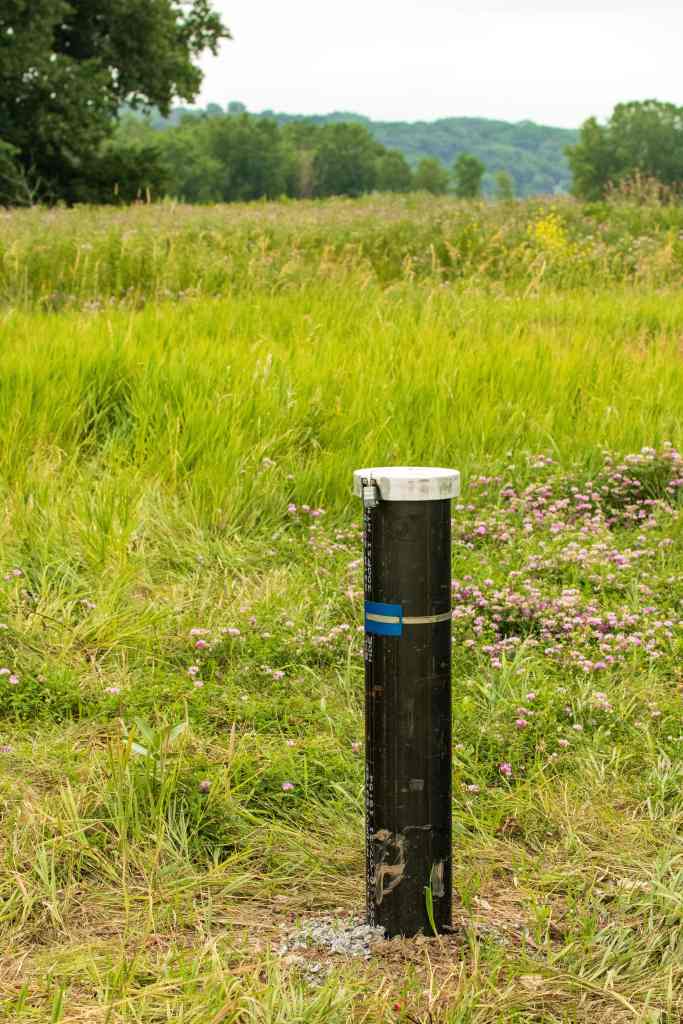

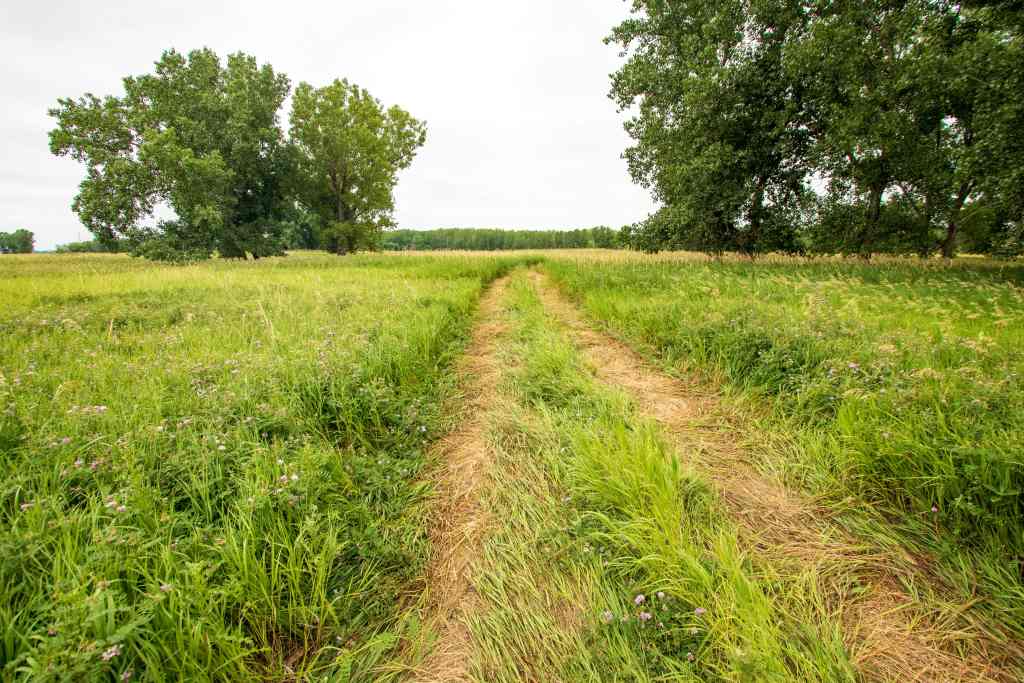
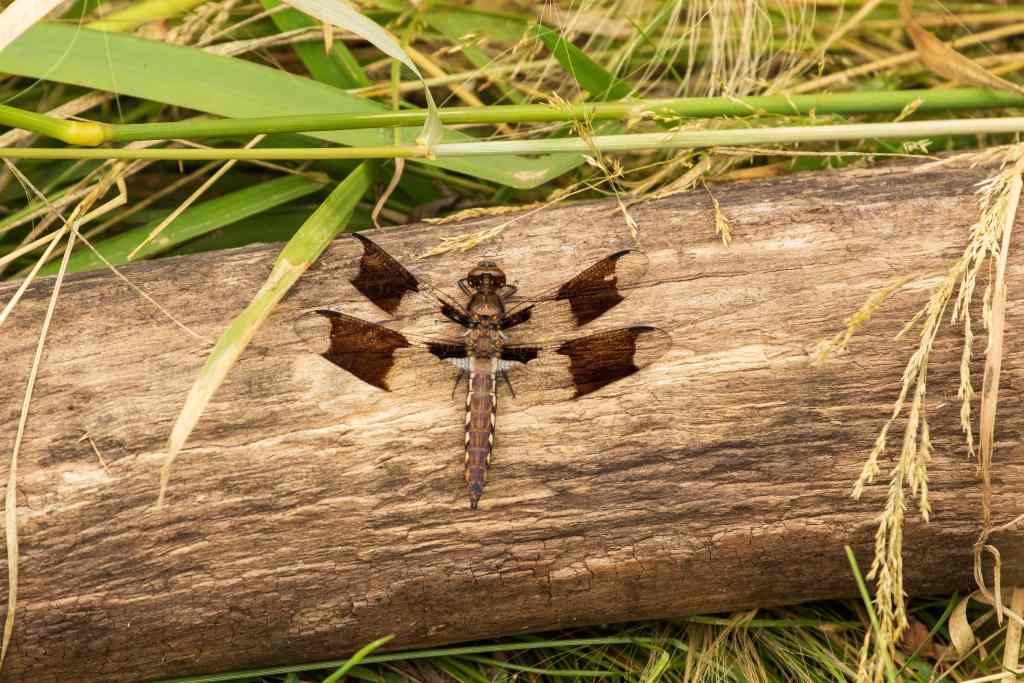
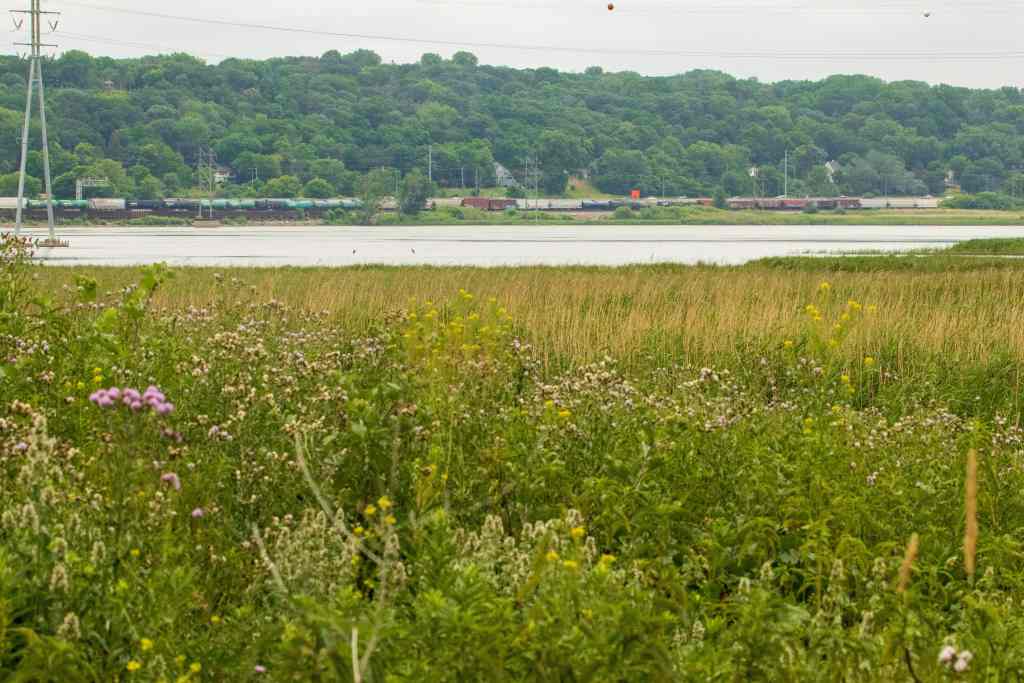
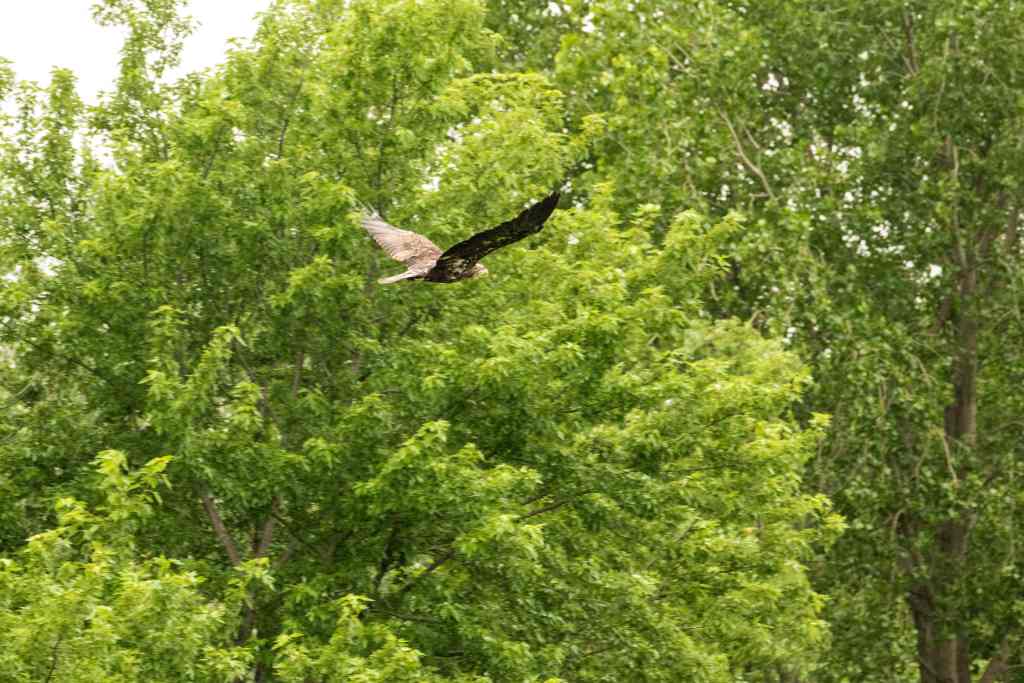
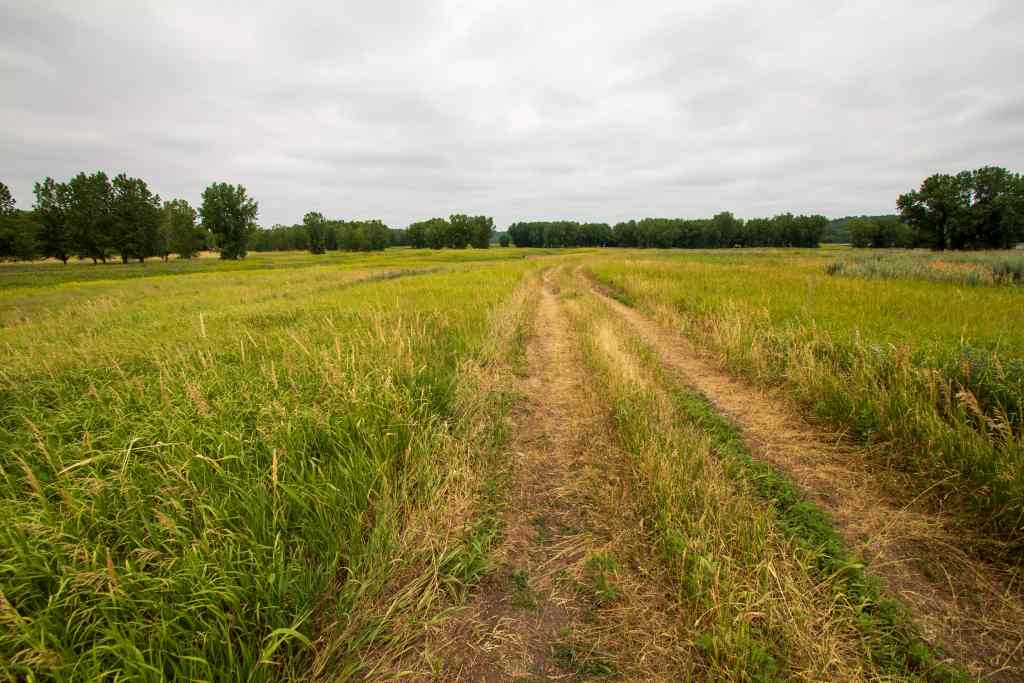
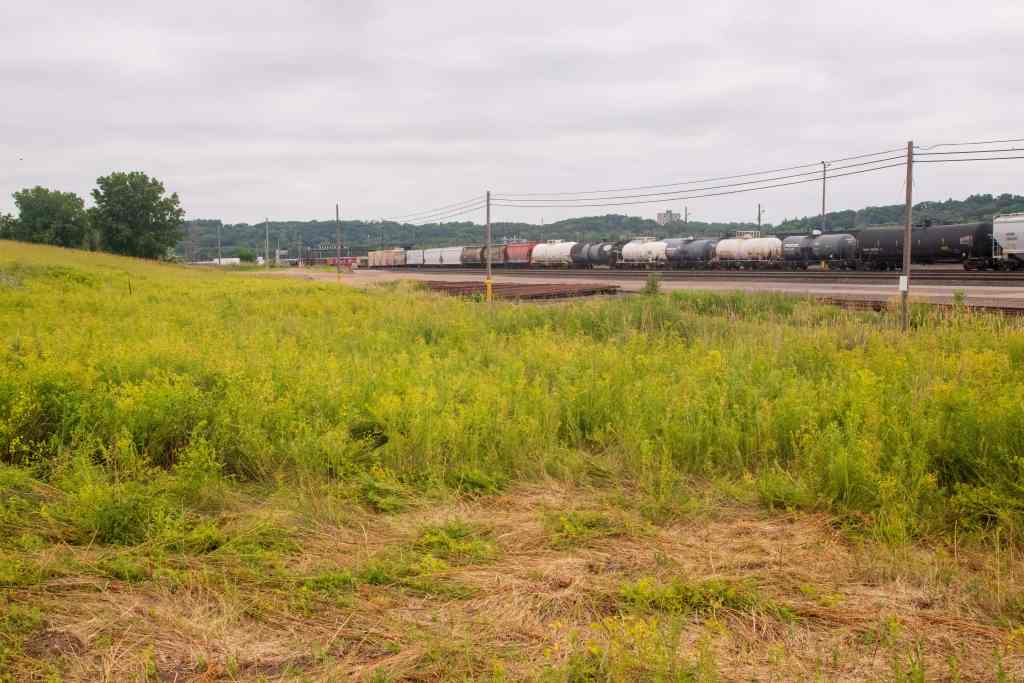
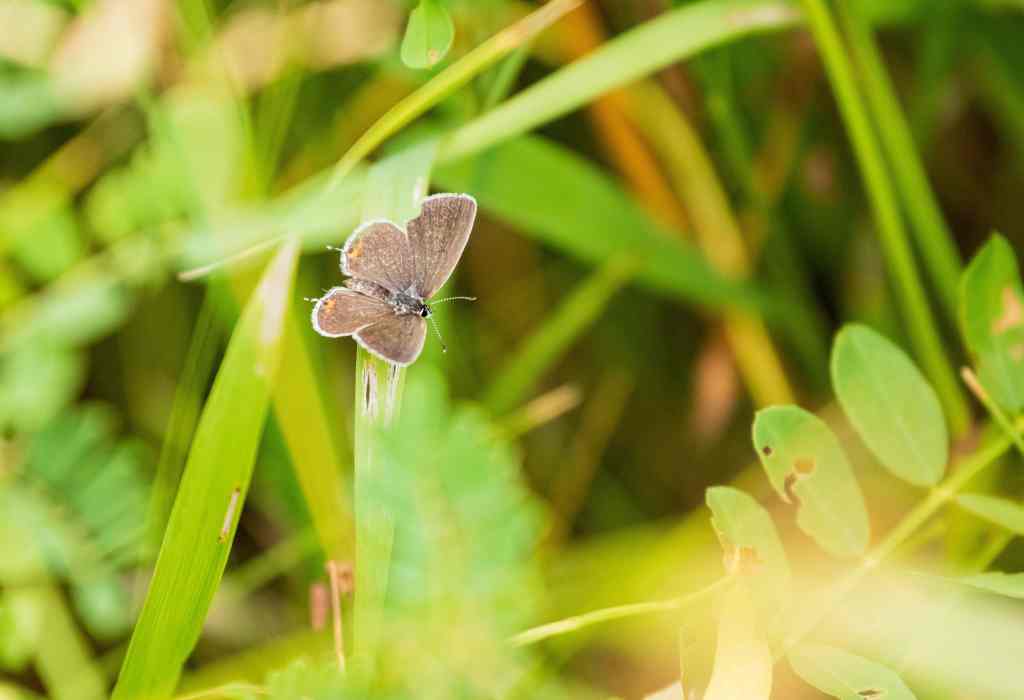


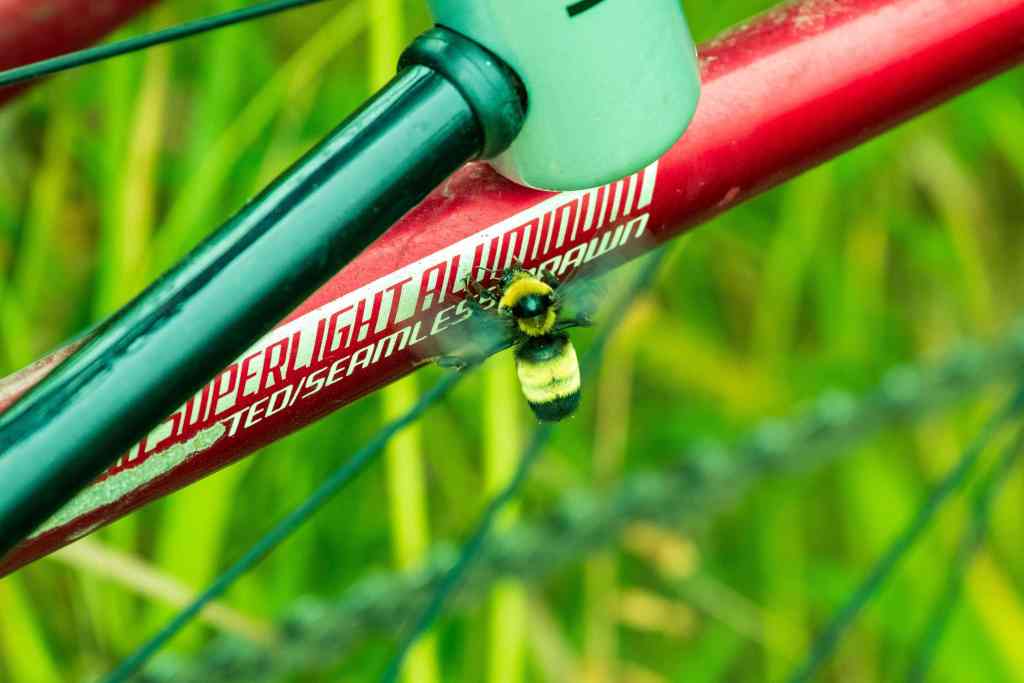
With my jaunt by means of the attractive and compelling Pig’s Eye Park full, I continued the trip south on Pigs Eye Highway to see the place it might take me. Nearly instantly the park transitions from meadow to forest, the stark distinction as a result of it wasn’t used as a dump.

Past the Park
To the west sits what’s formally known as the Metropolitan Wastewater Remedy Plant. It’s often known as the Pig’s Eye sewage remedy plant and infrequently, simply Pig’s Eye.
Seems the general public part of Pigs Eye Highway ends slightly below a half-mile south of the filth street to Pig’s Eye Park.
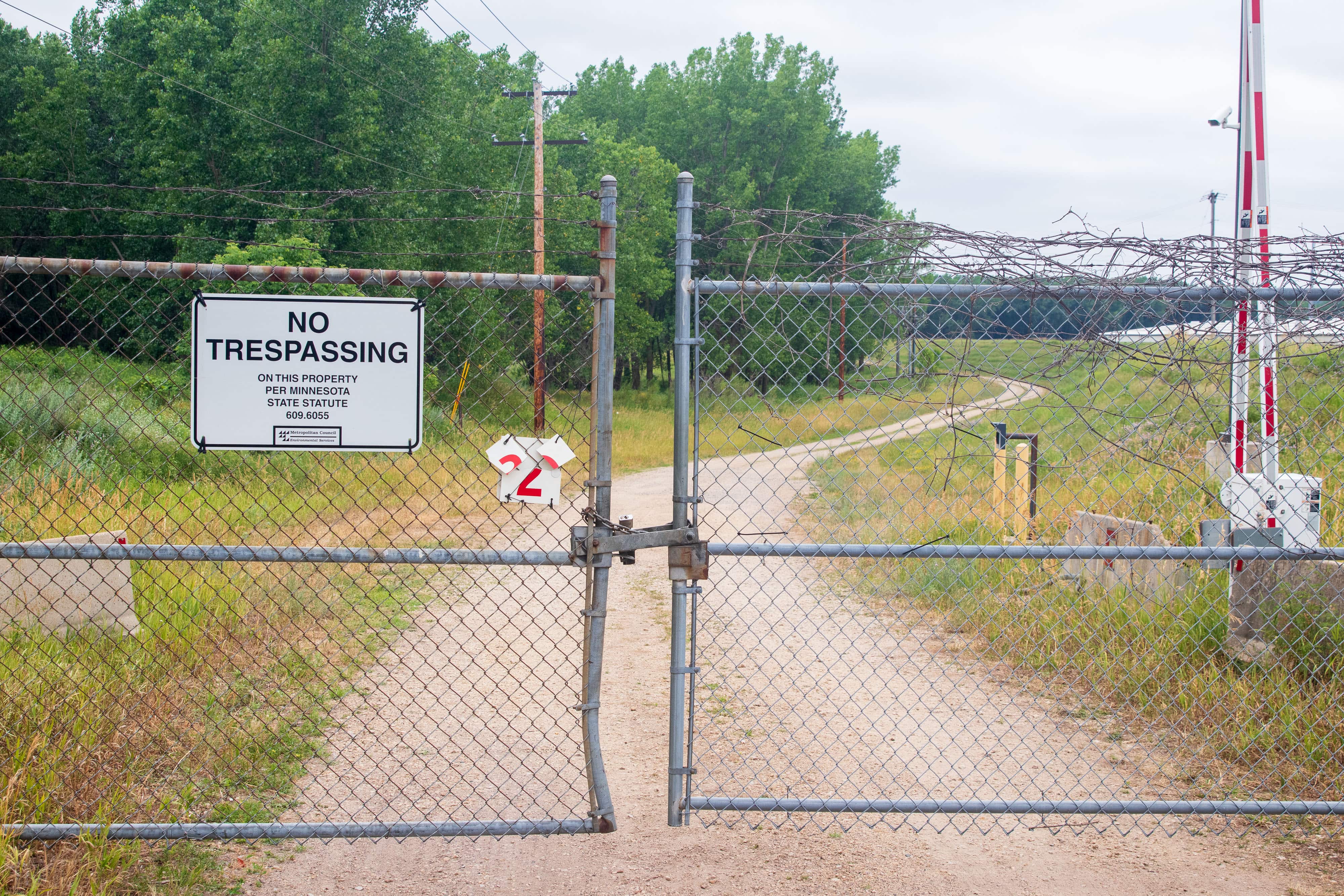
The locked gate didn’t cease my trip, it simply altered its course. Now westbound, I entered the grounds of the wastewater remedy plant.
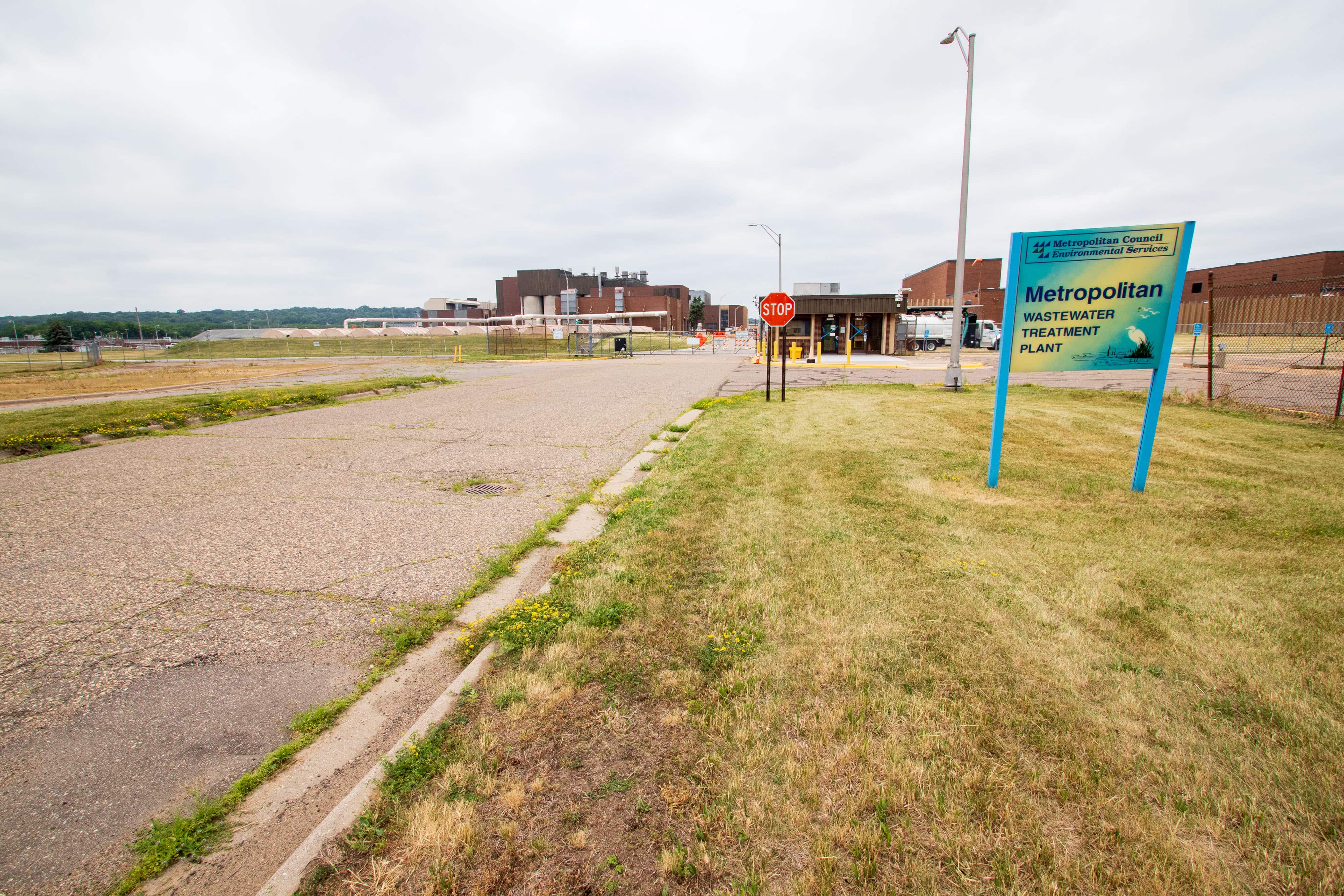
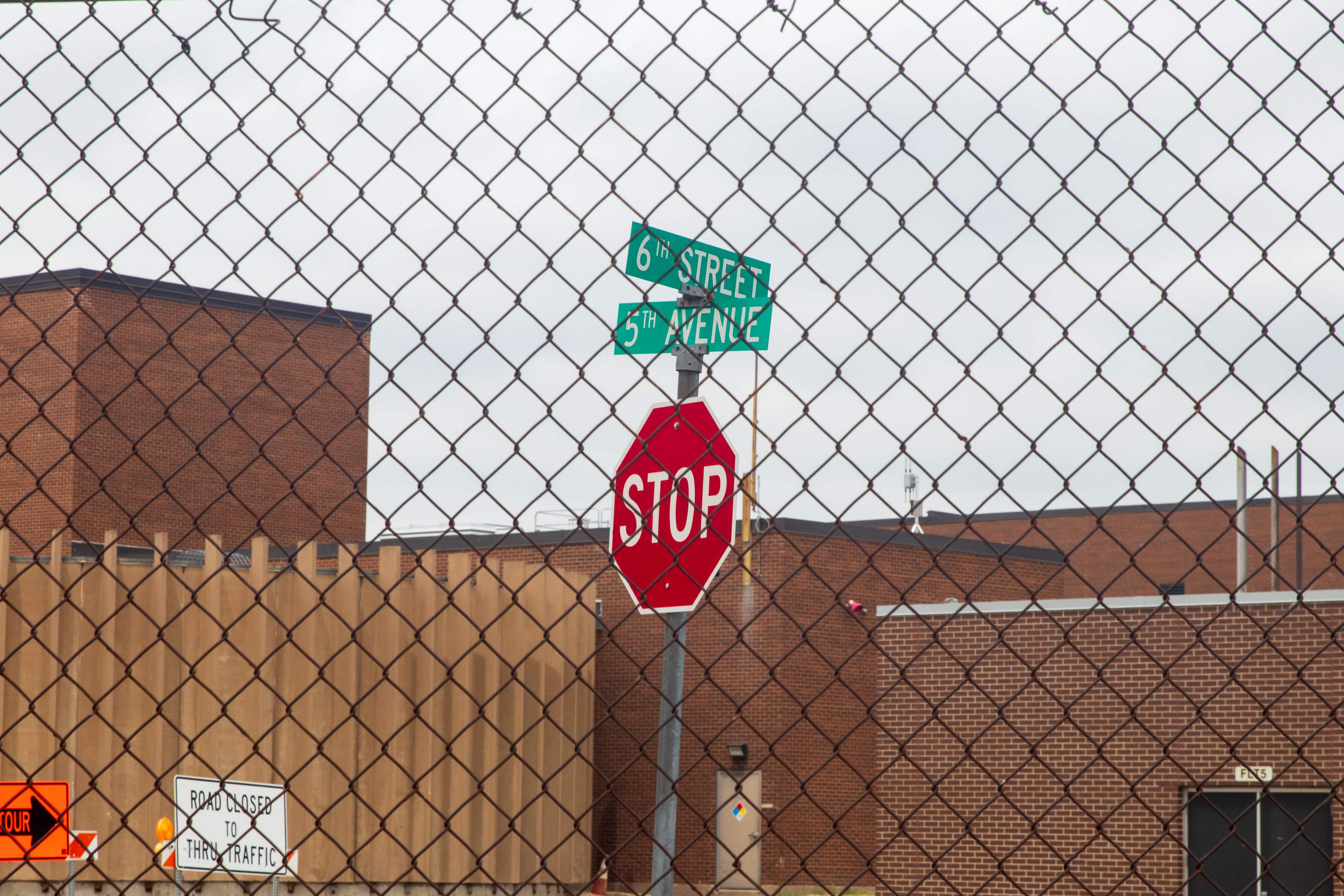
The Metropolitan Council is the regional policy-making physique, planning company, and supplier of sure important providers within the seven-county Twin Cities metro space. The wastewater remedy plant is a kind of providers, as is the Metro Transit bus system, which most likely explains why these buses — both newly delivered or decommissioned — are parked right here.
Primarily based upon the response — actually, lack of response — from wastewater remedy plant safety (or anybody else), the unnamed streets across the plant on which I street have to be public.
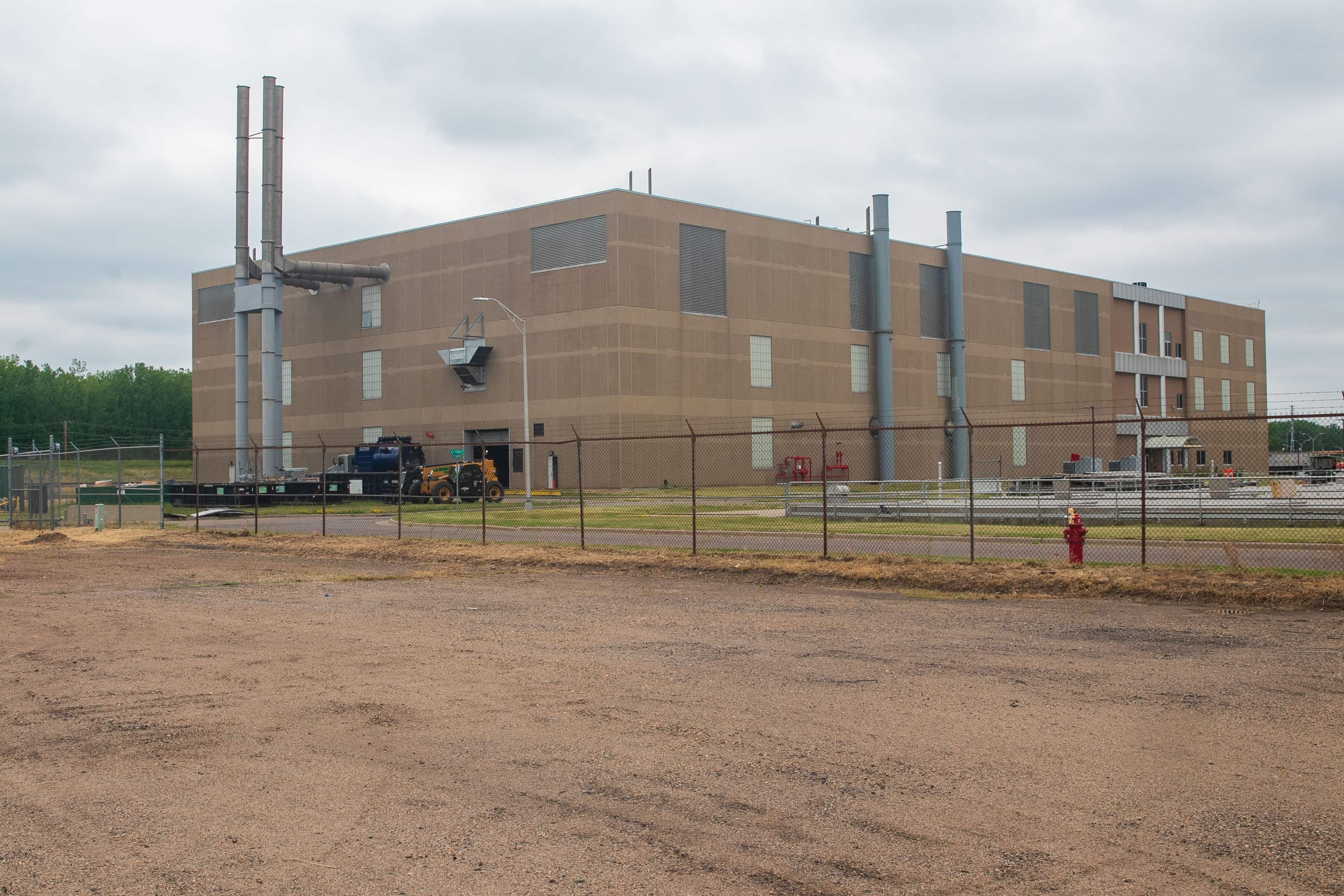
The Return Journey
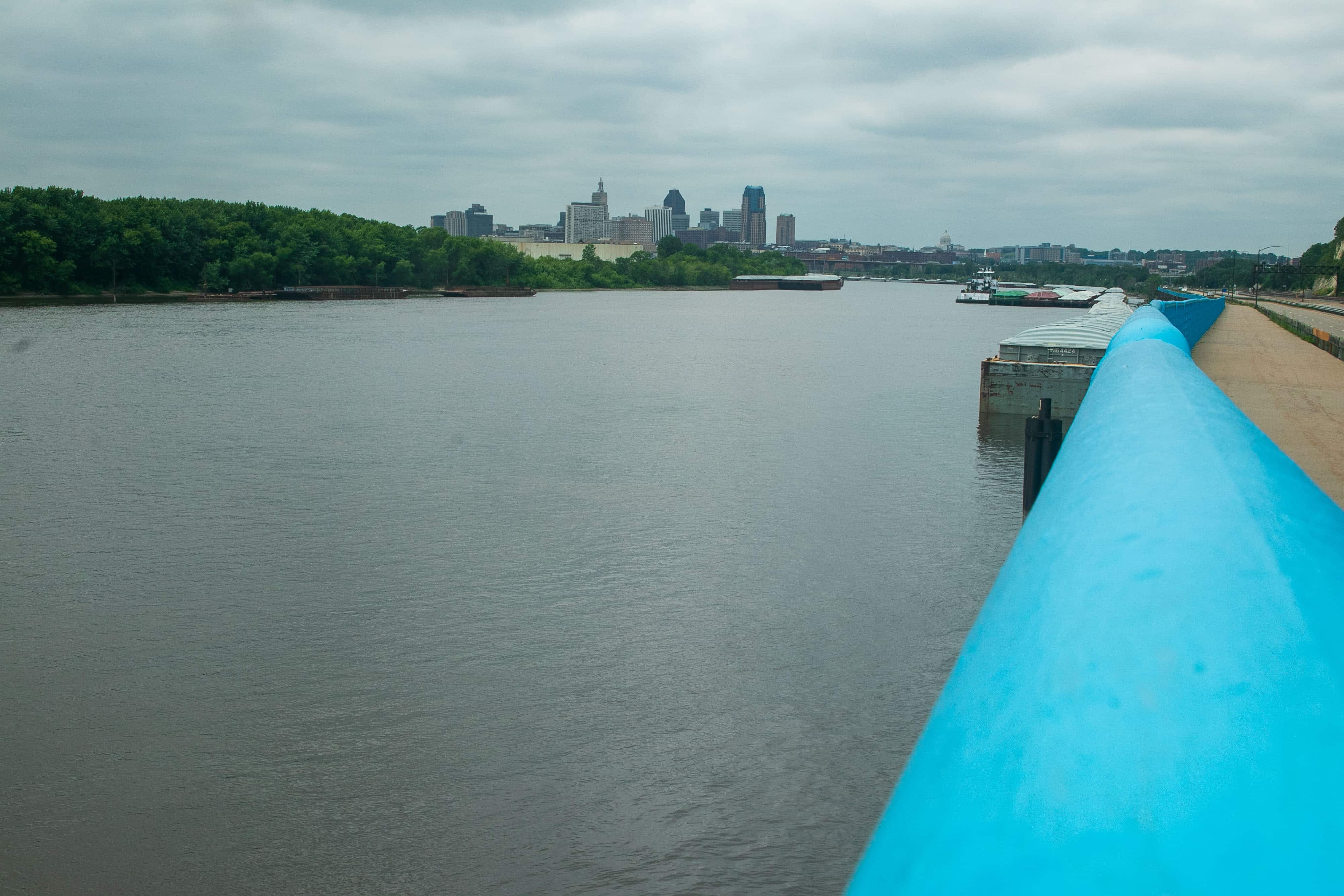
Remember that attending to Pig’s Eye Regional Park is difficult by way of automobile and harmful on a motorcycle. Moreover, it has no facilities — no working water, bogs, benches, official trails, or trash cans. Nonetheless, Pig’s Eye Regional Park is an unpolished gem. Sure, it’s completely value a go to. A stroll across the meadow is stress-free, even peaceable, if you happen to let the sounds of nature overcome the commercial racket. The woods to the south provide the identical peace in a distinctly totally different environment. Pig’s Eye Park can be the uncommon spot in St. Paul the place solitude is nearly assured.
